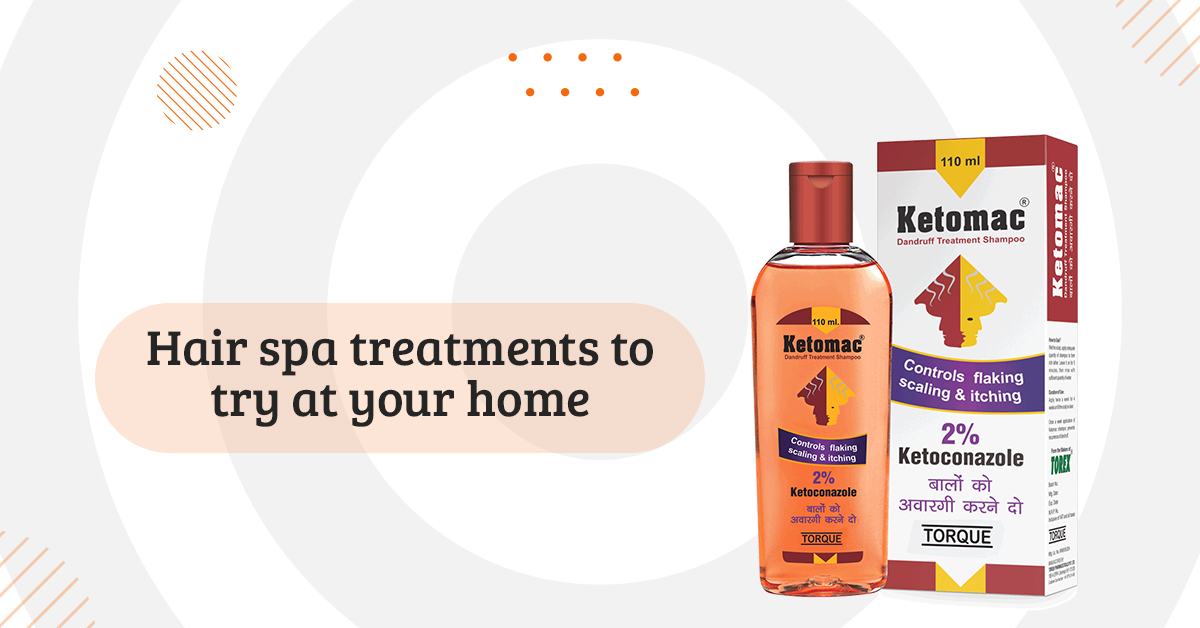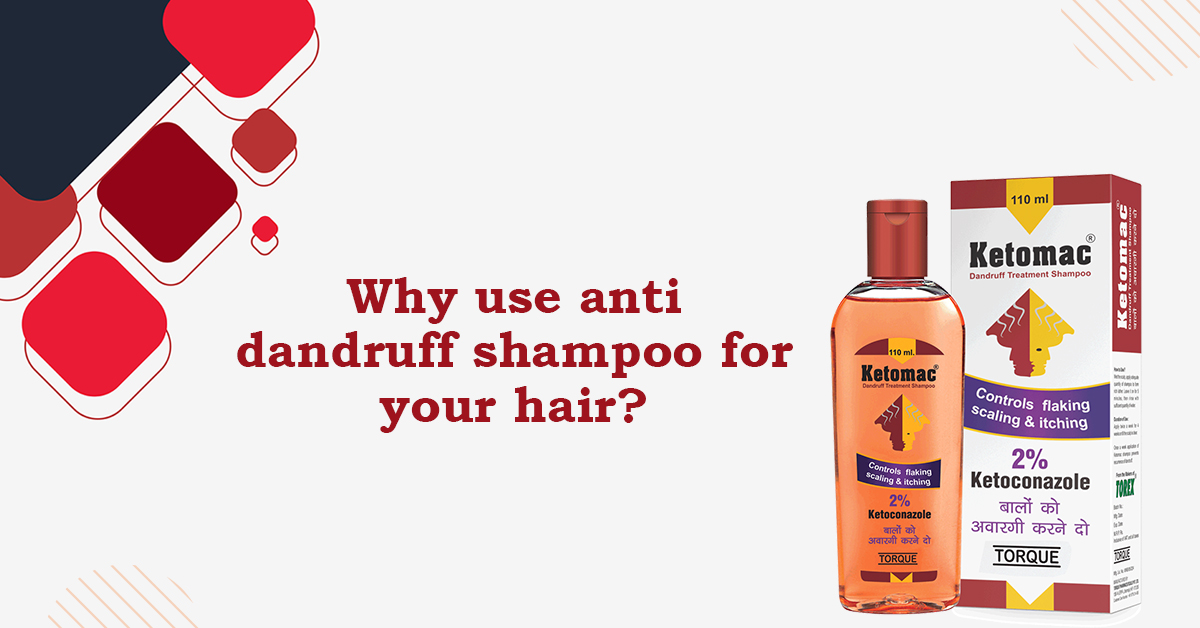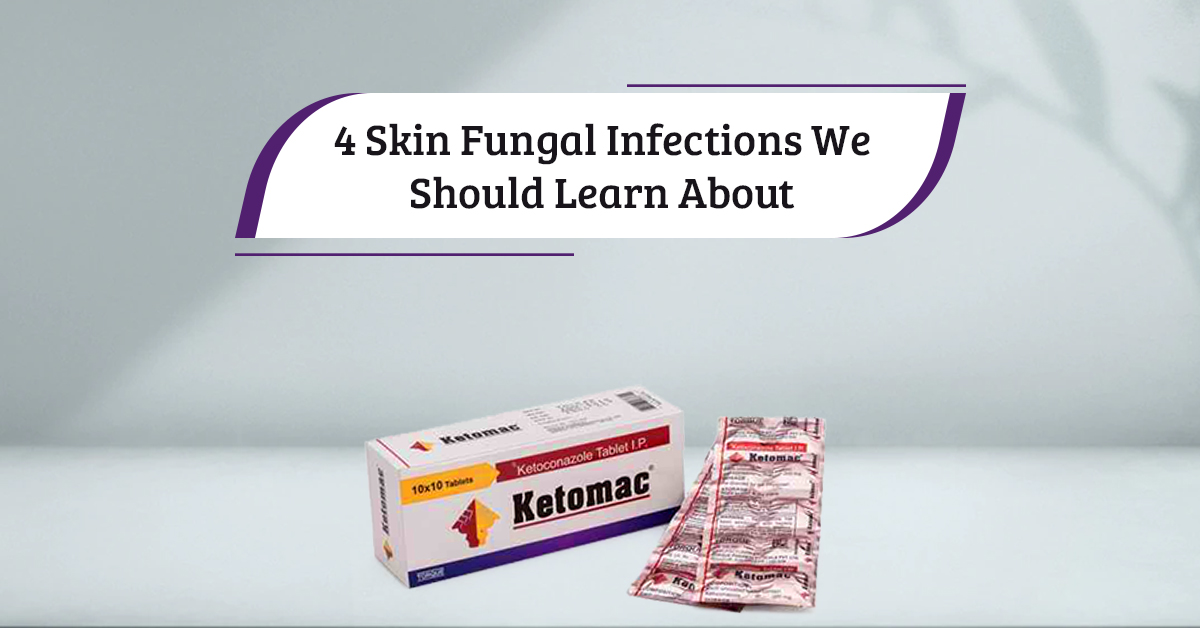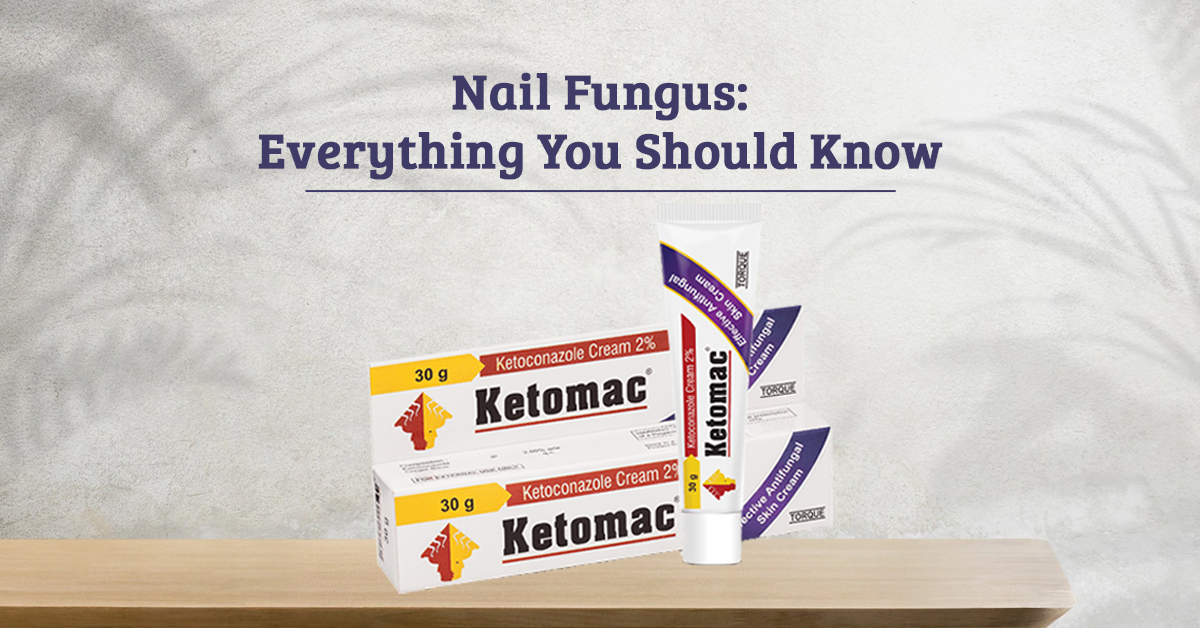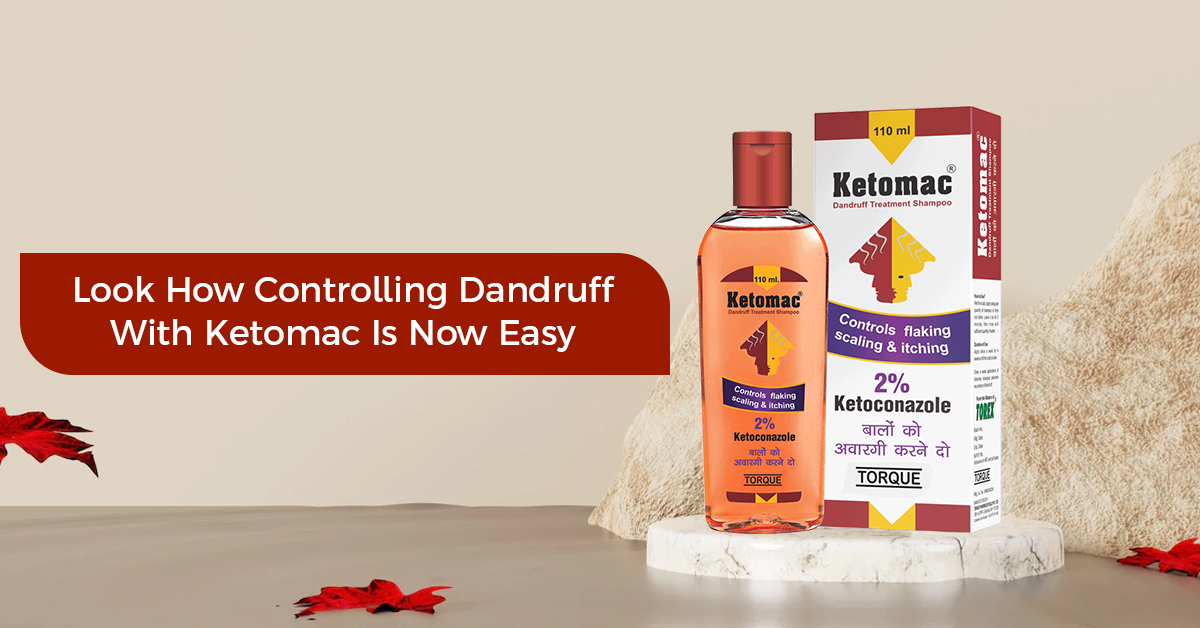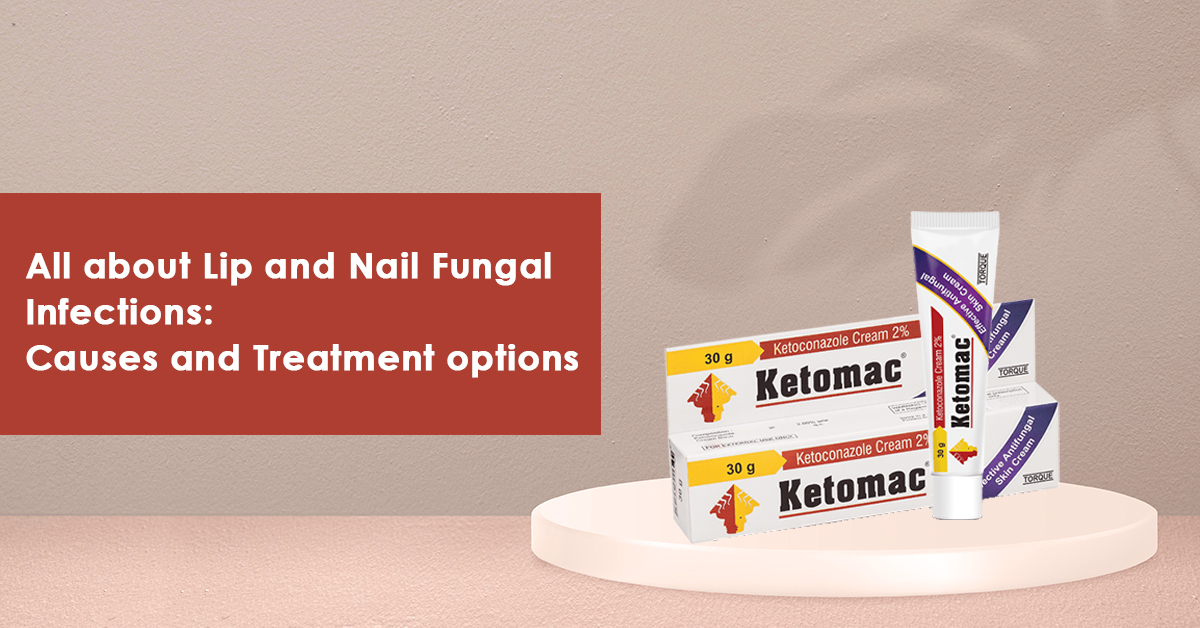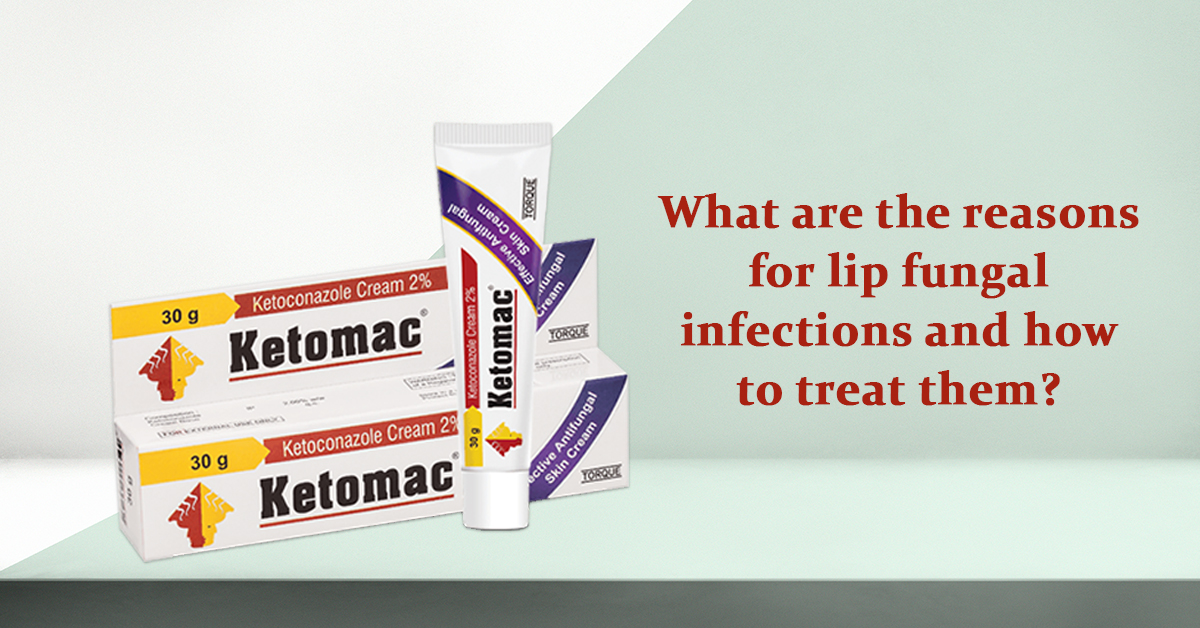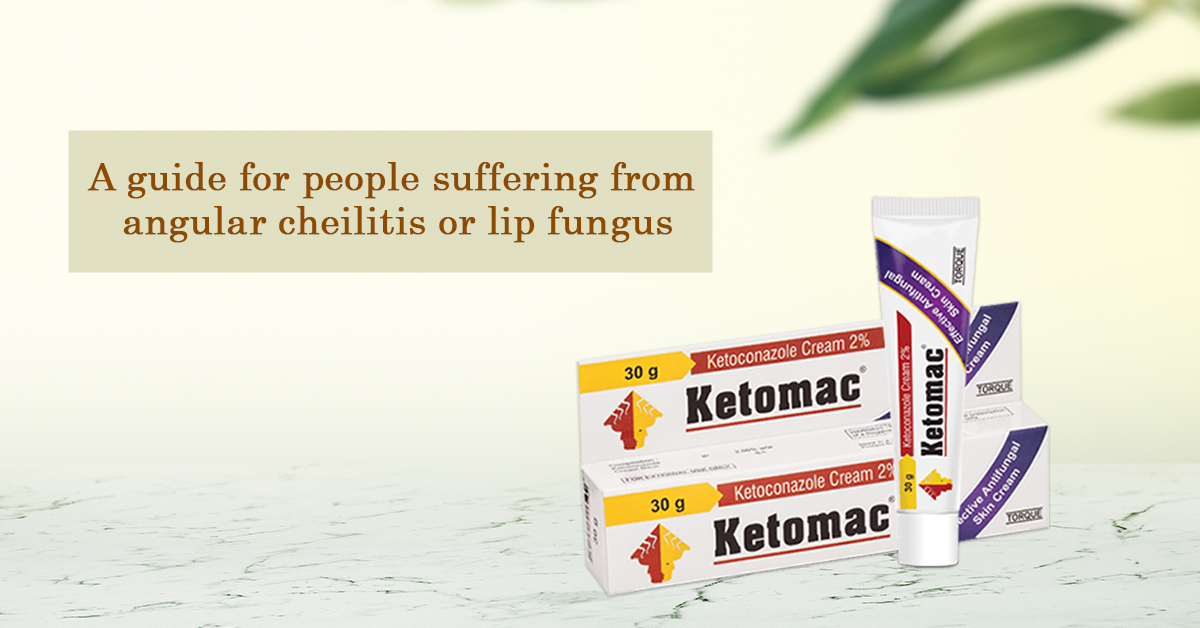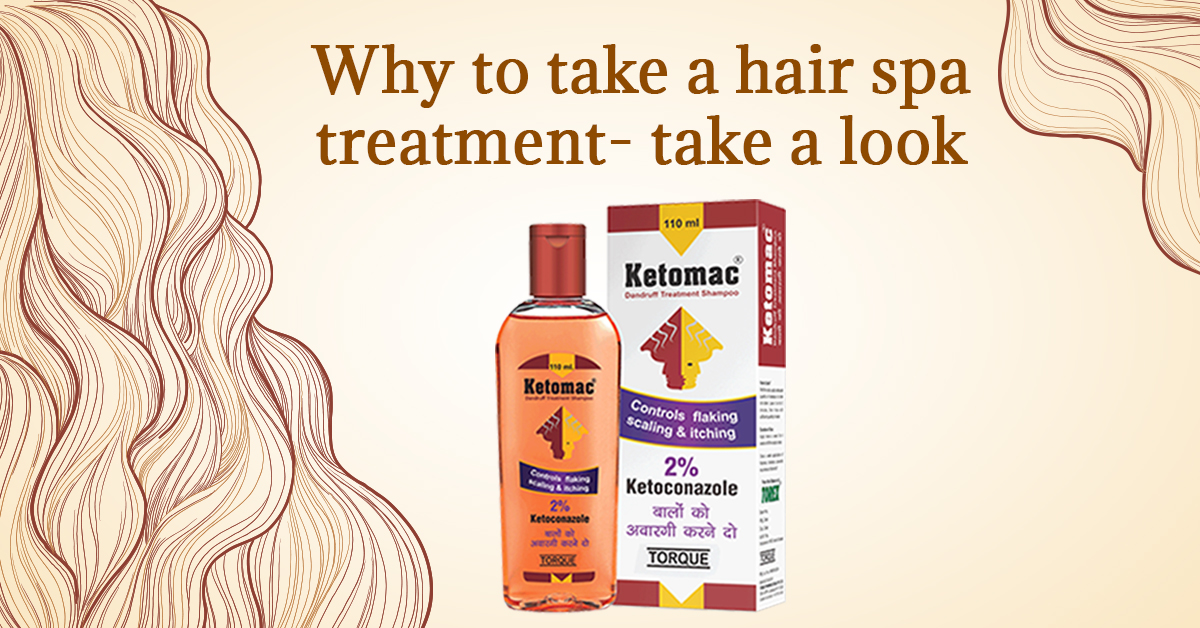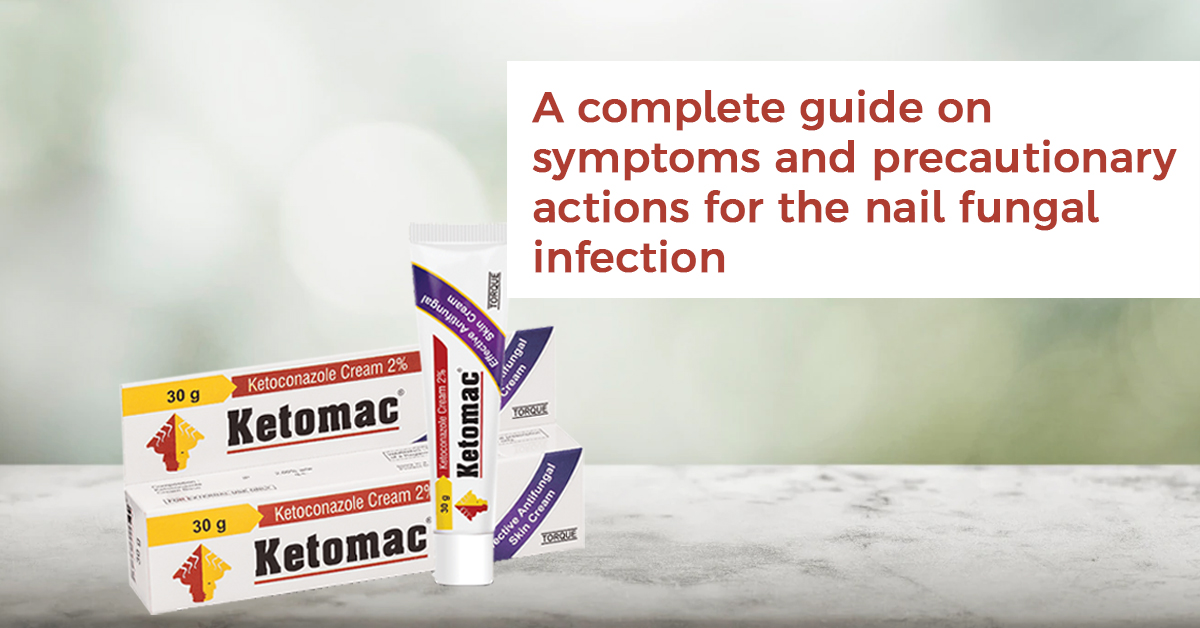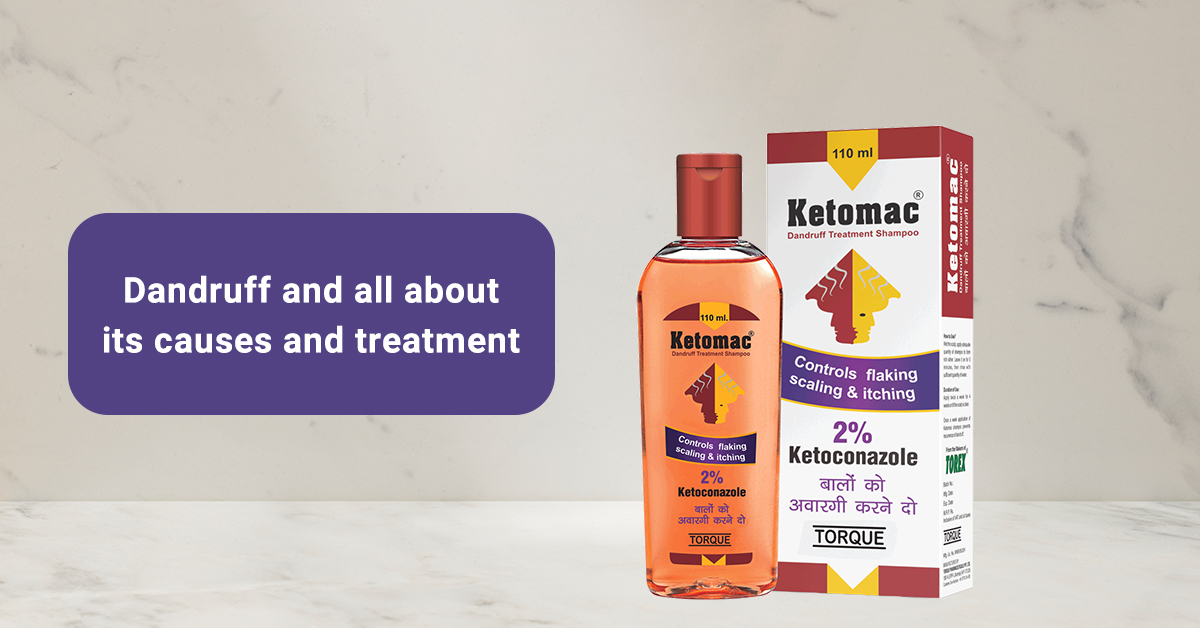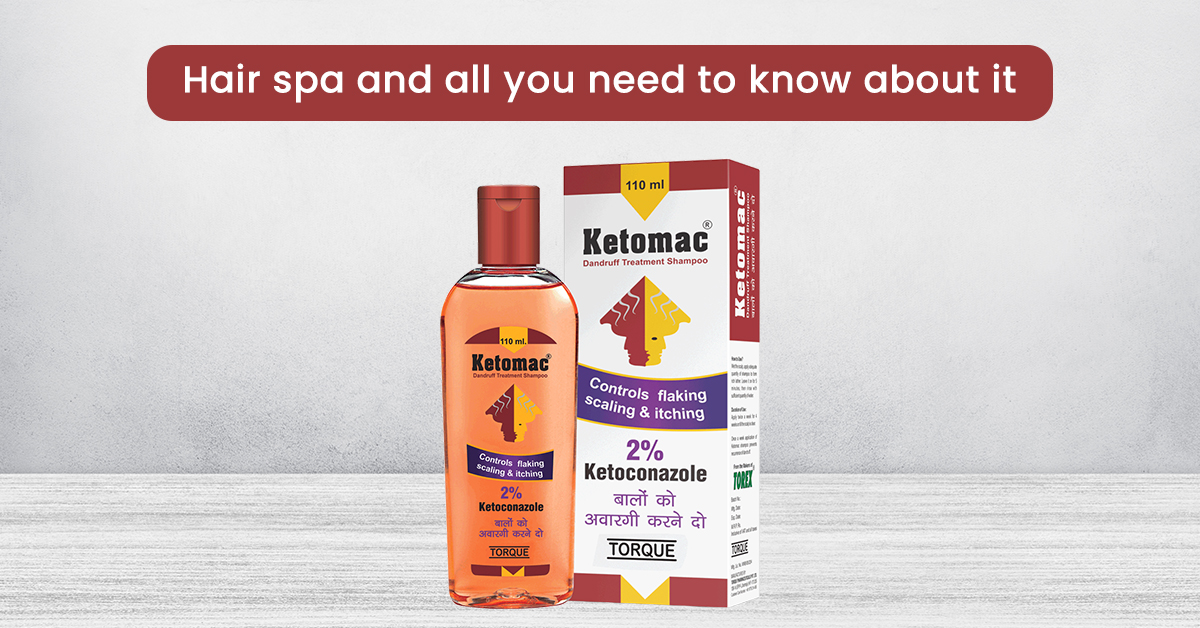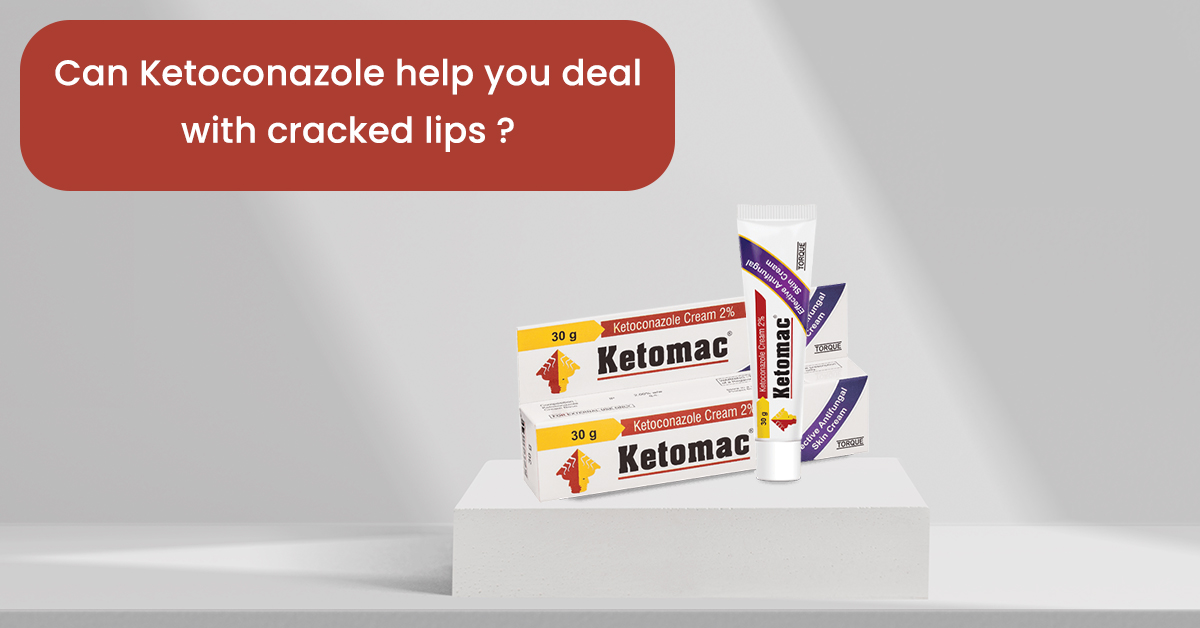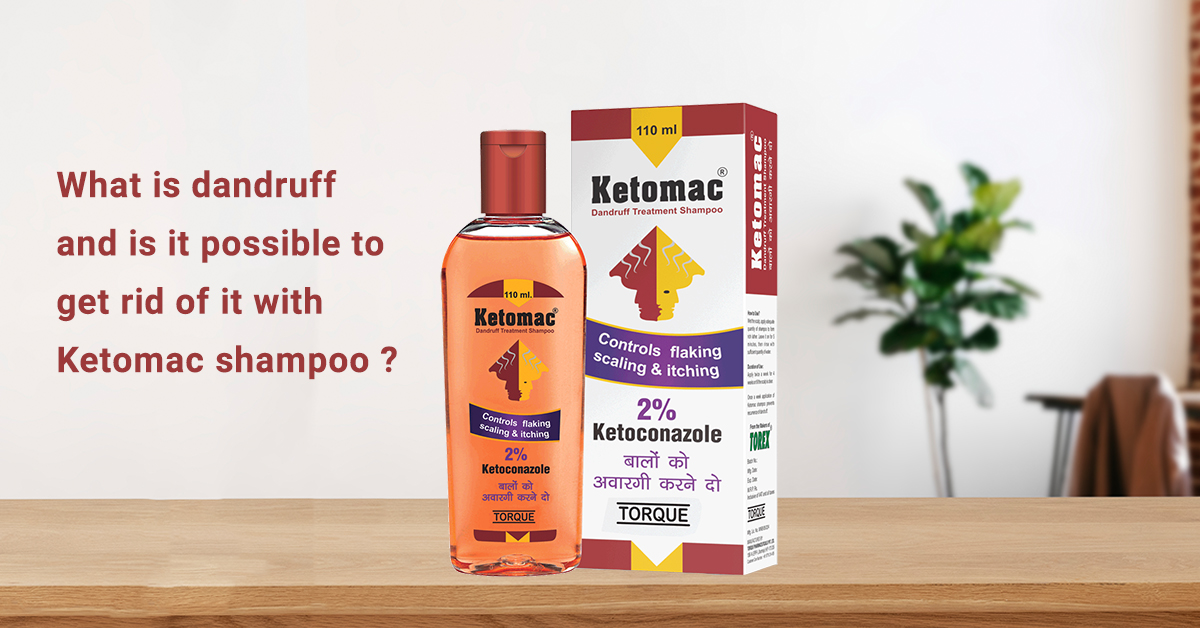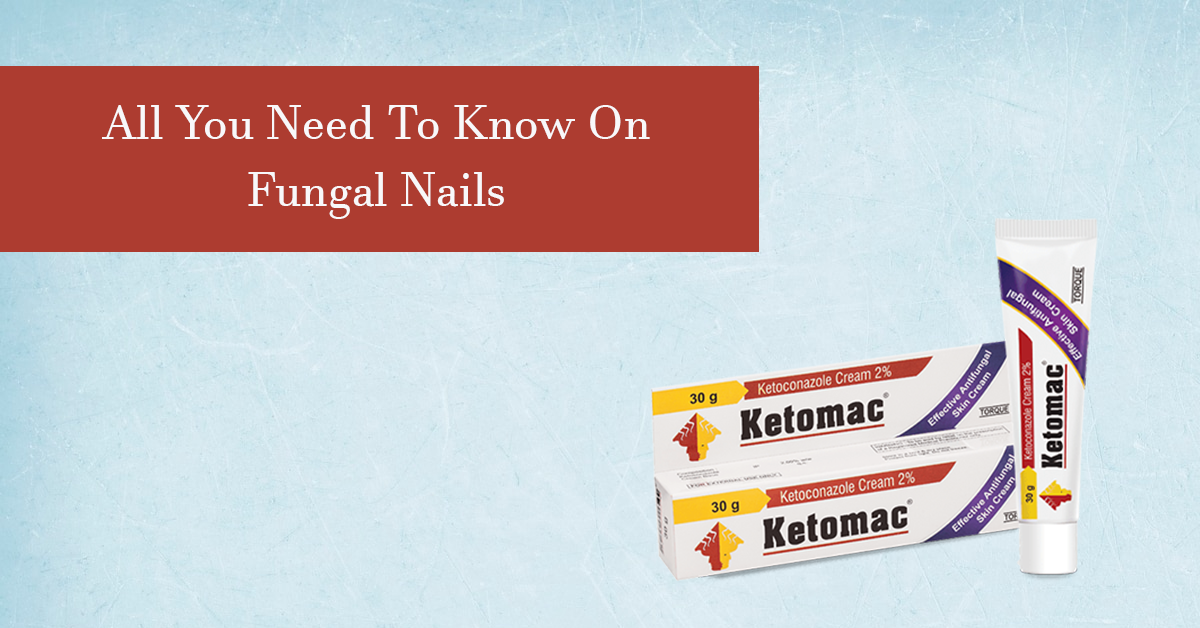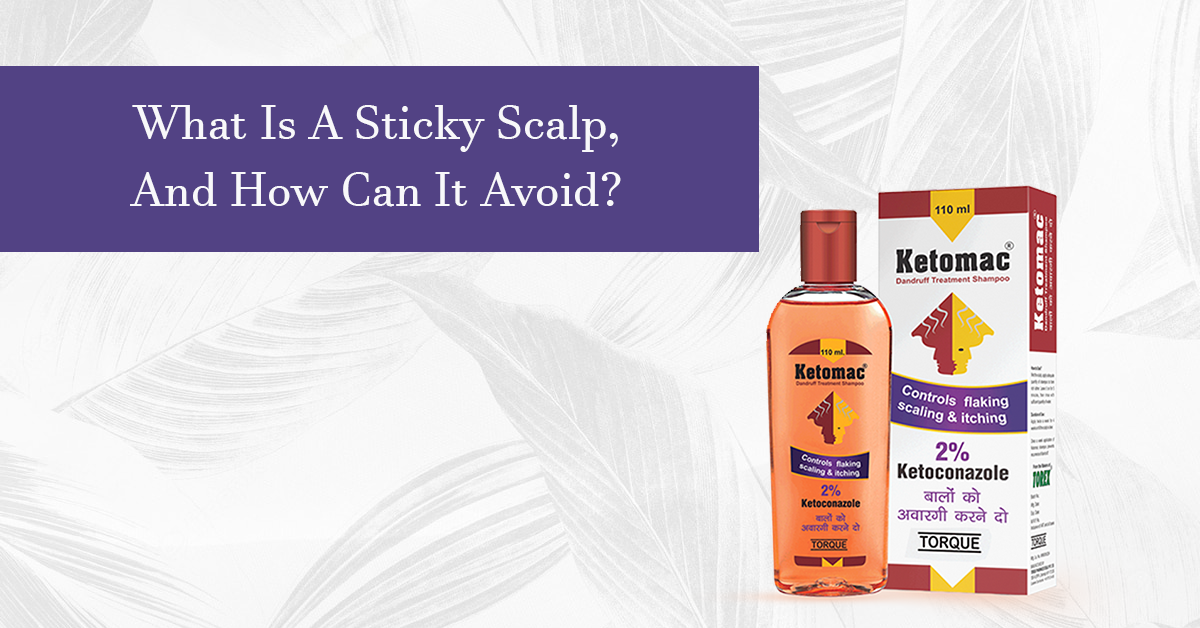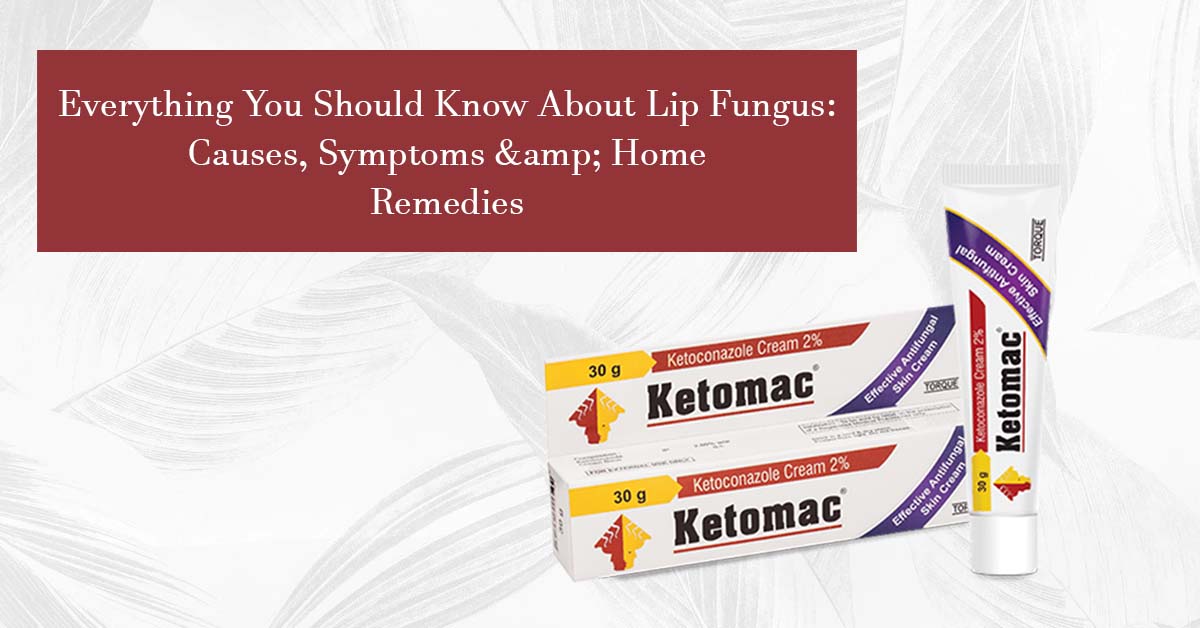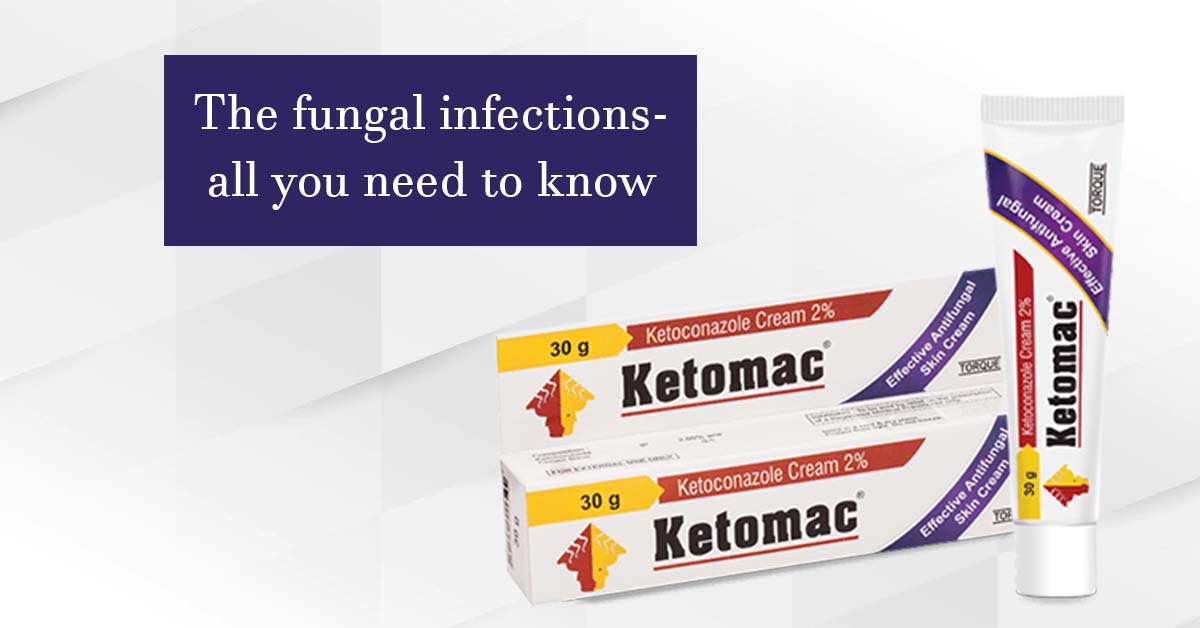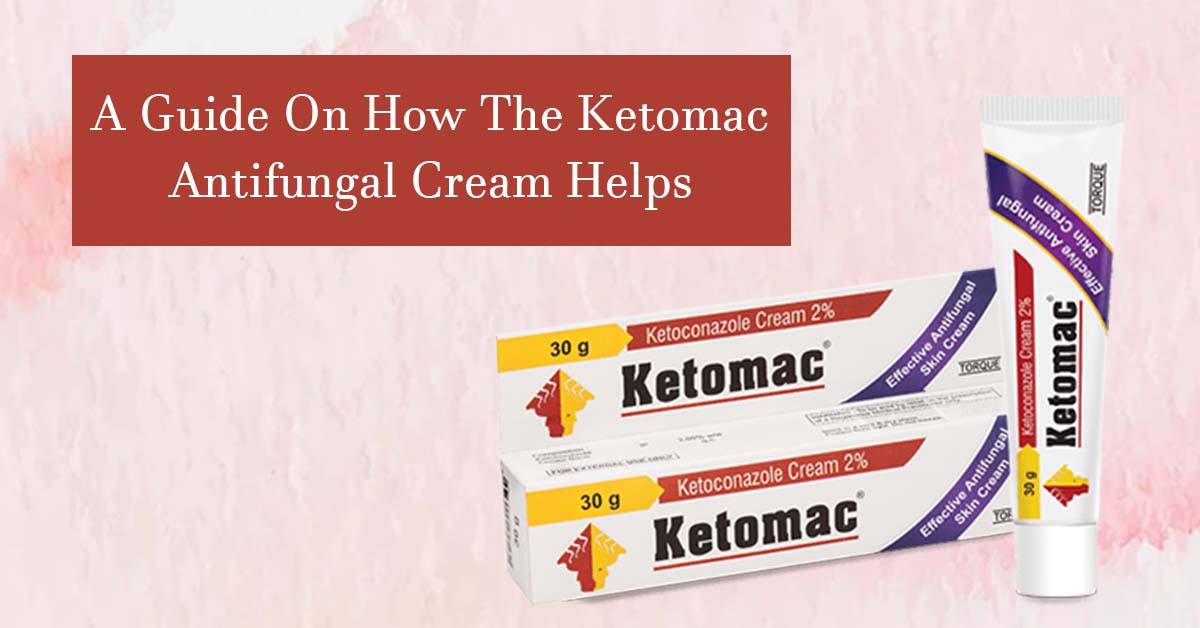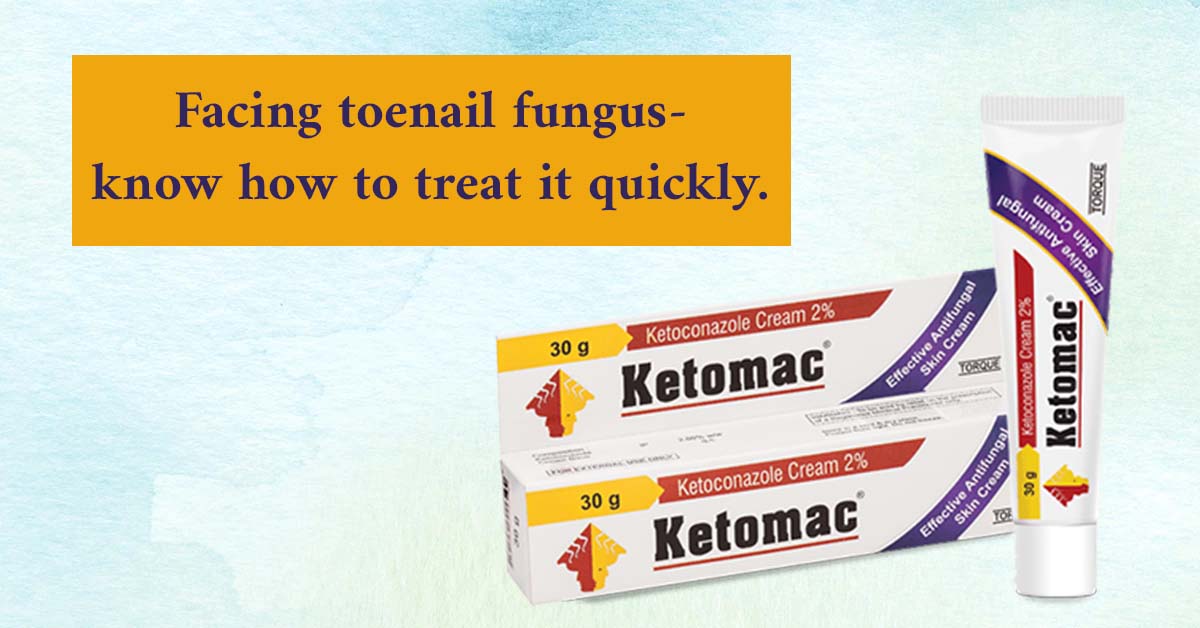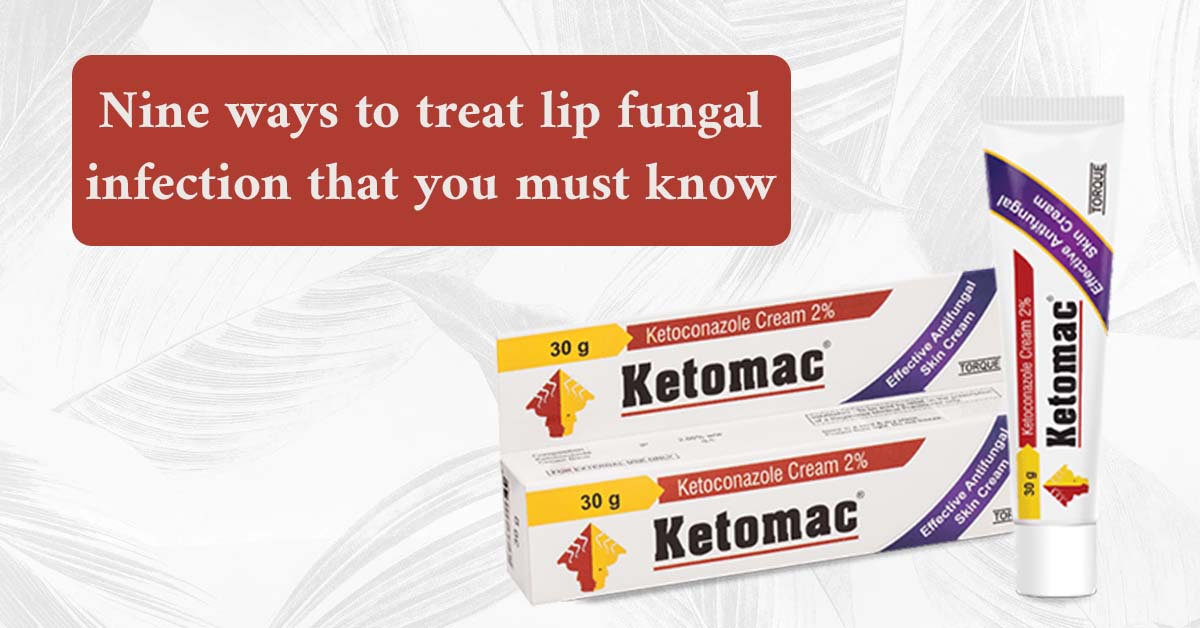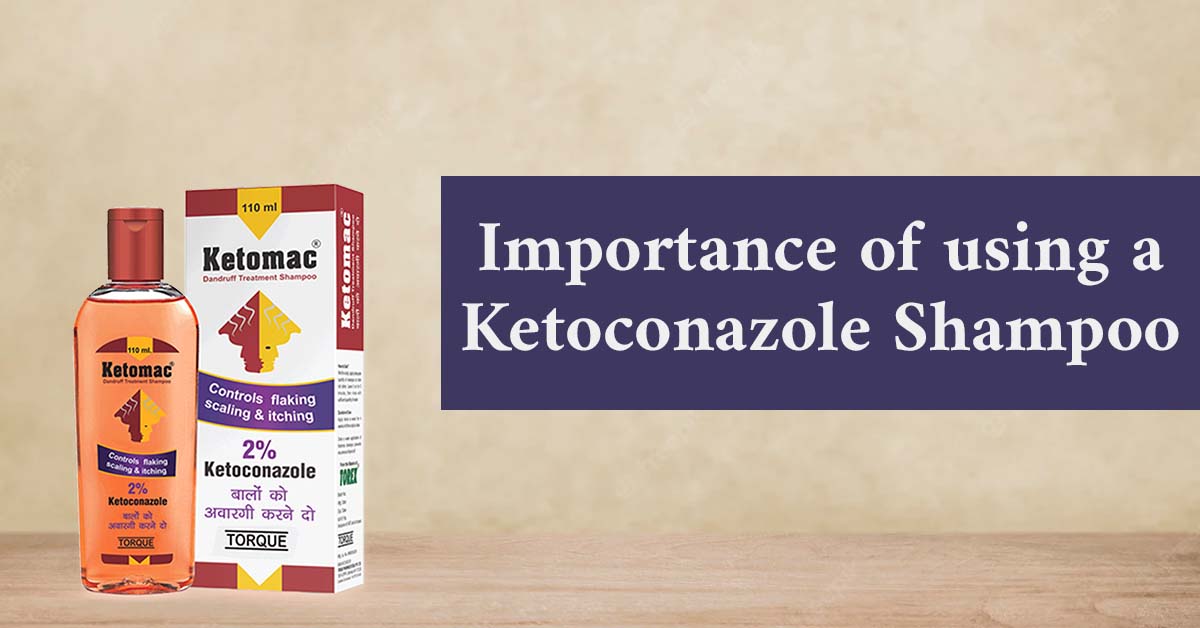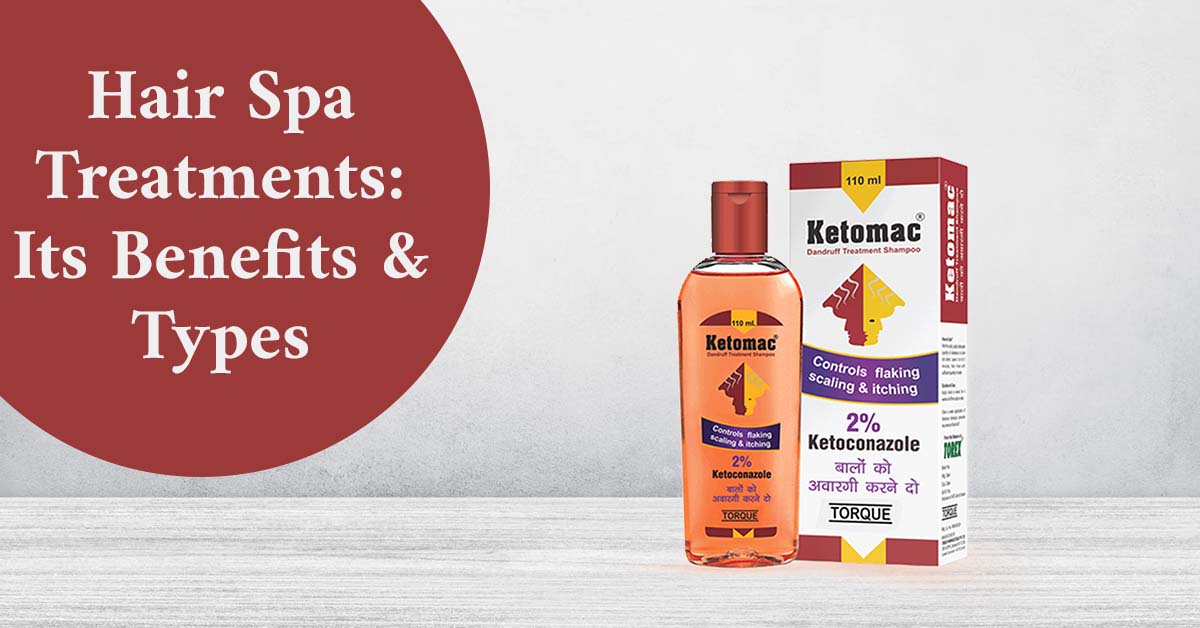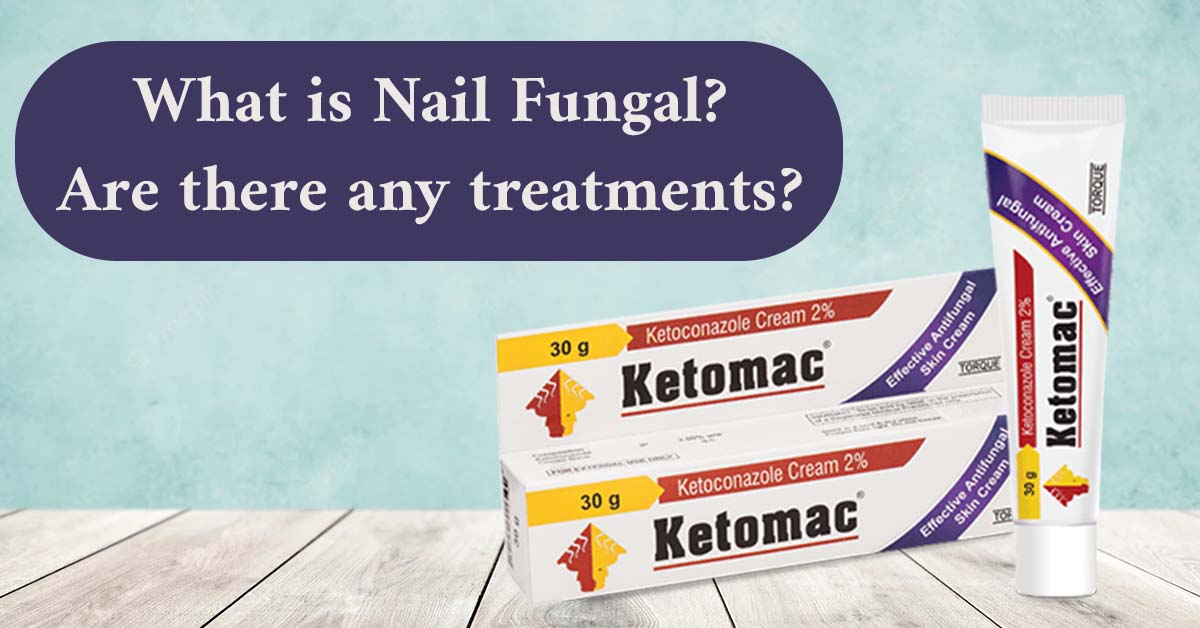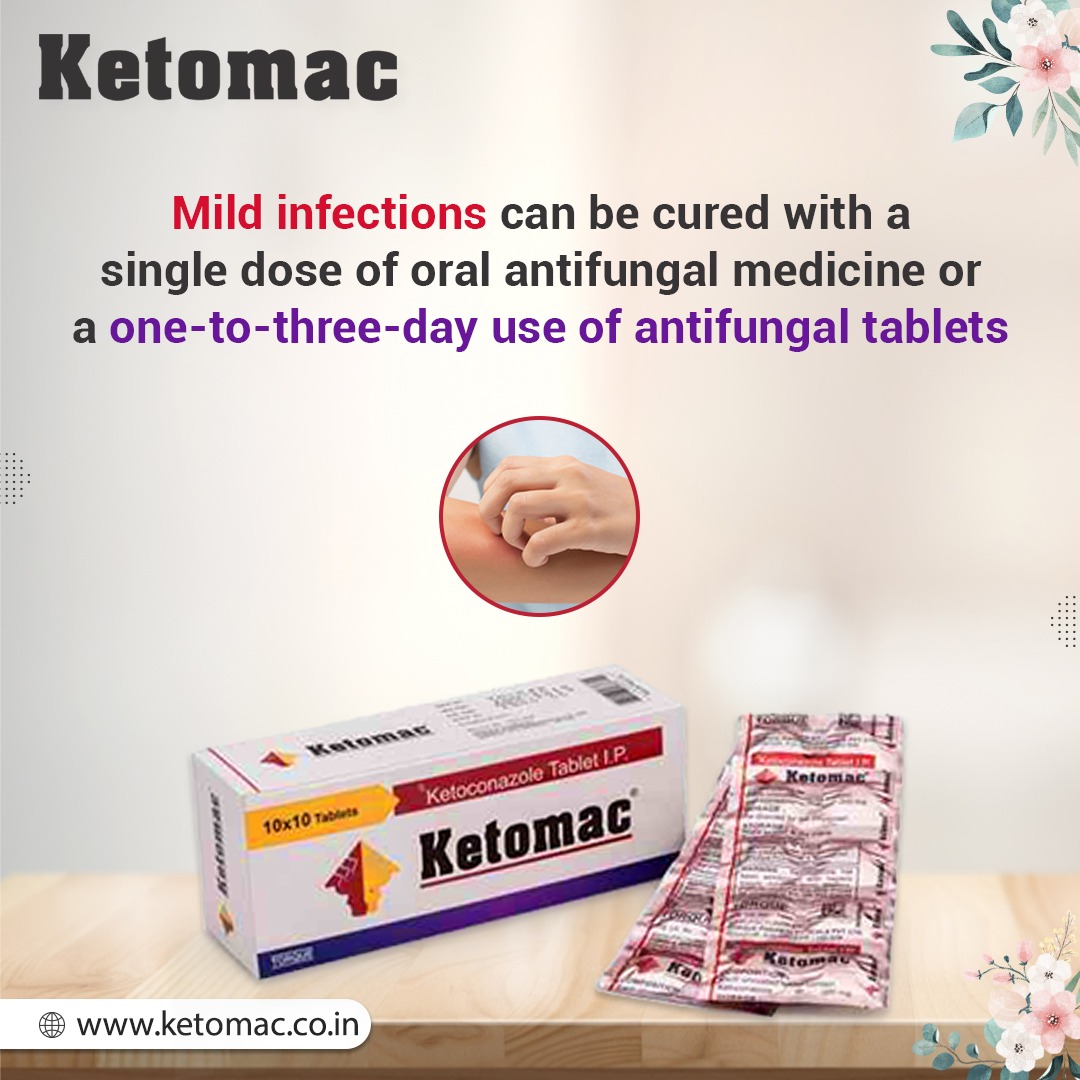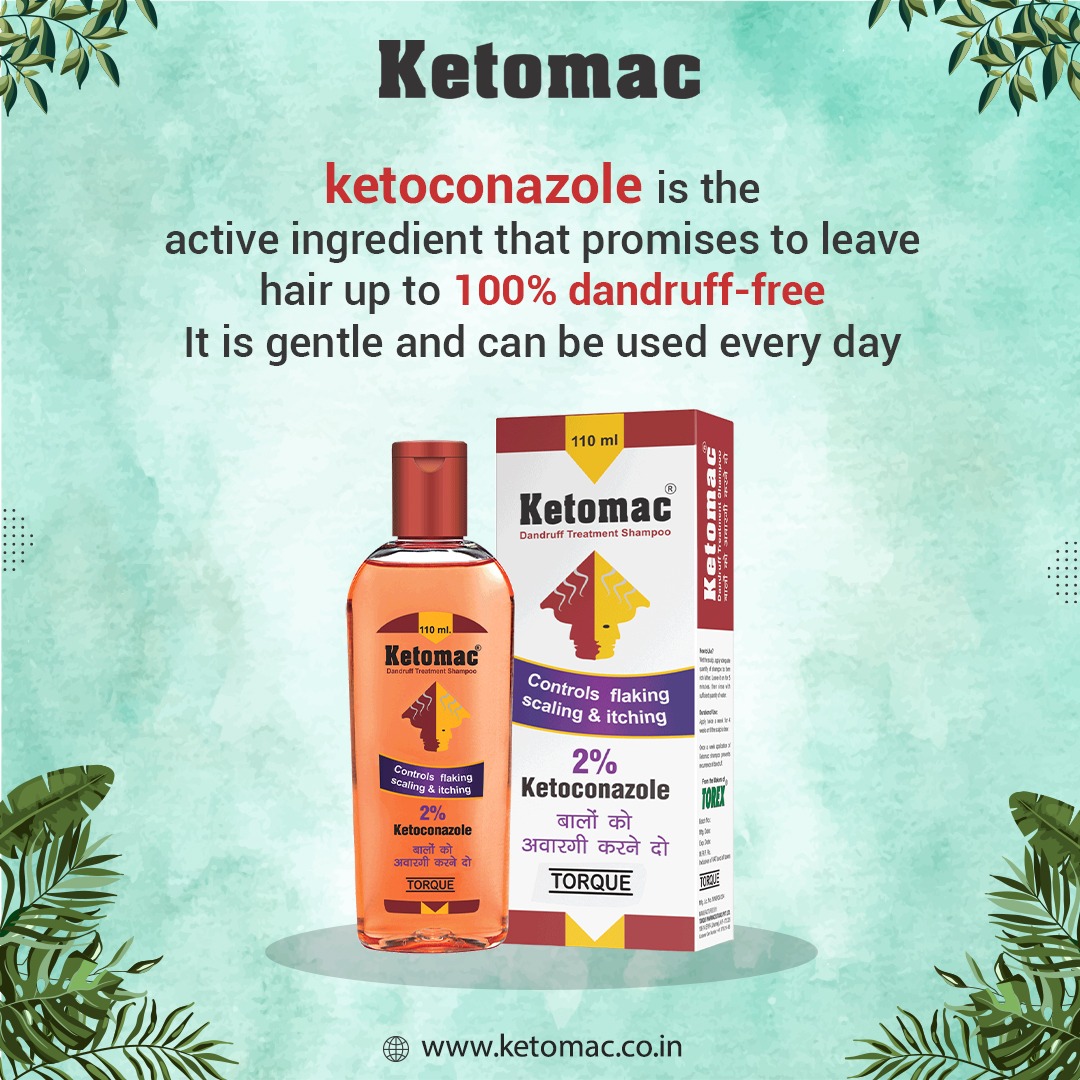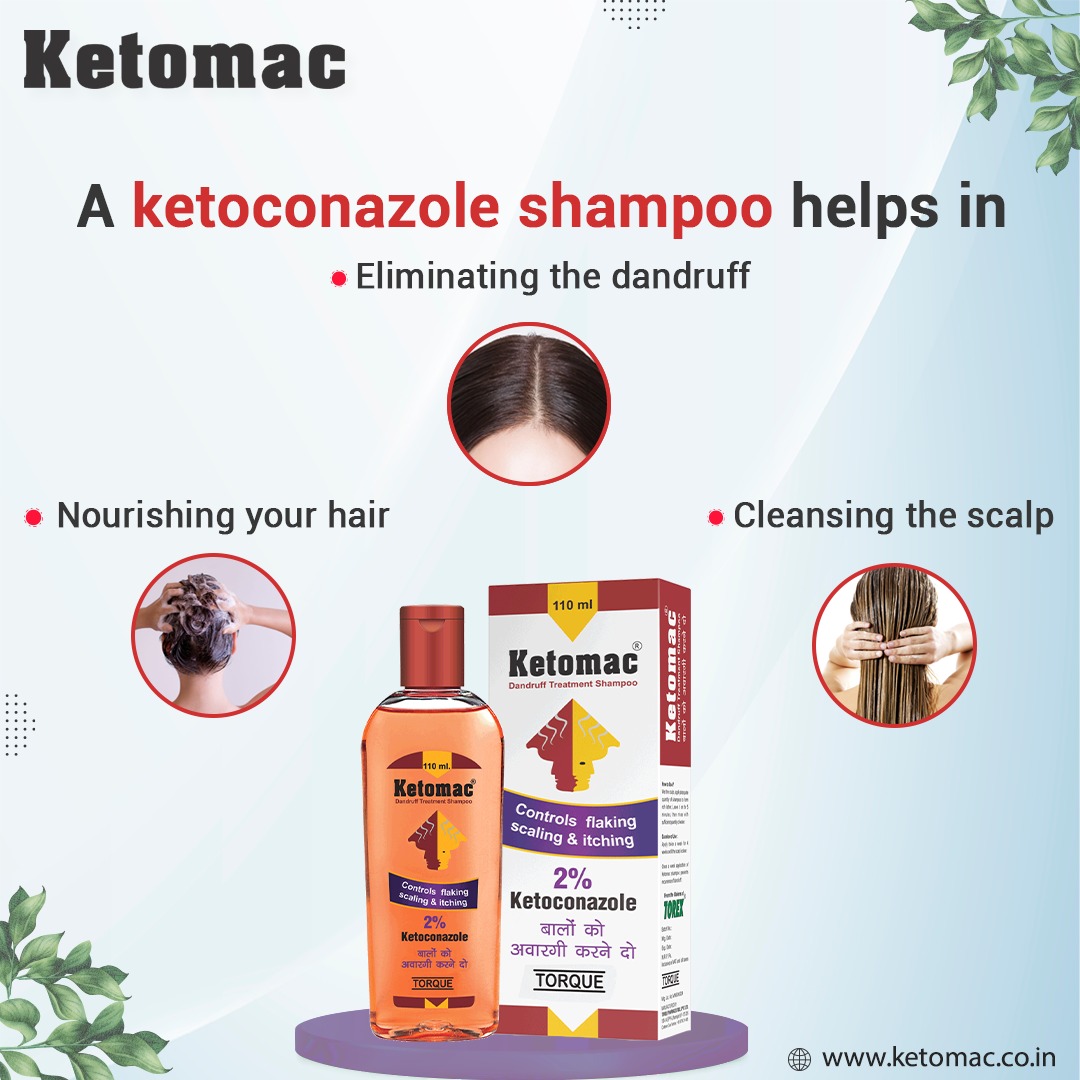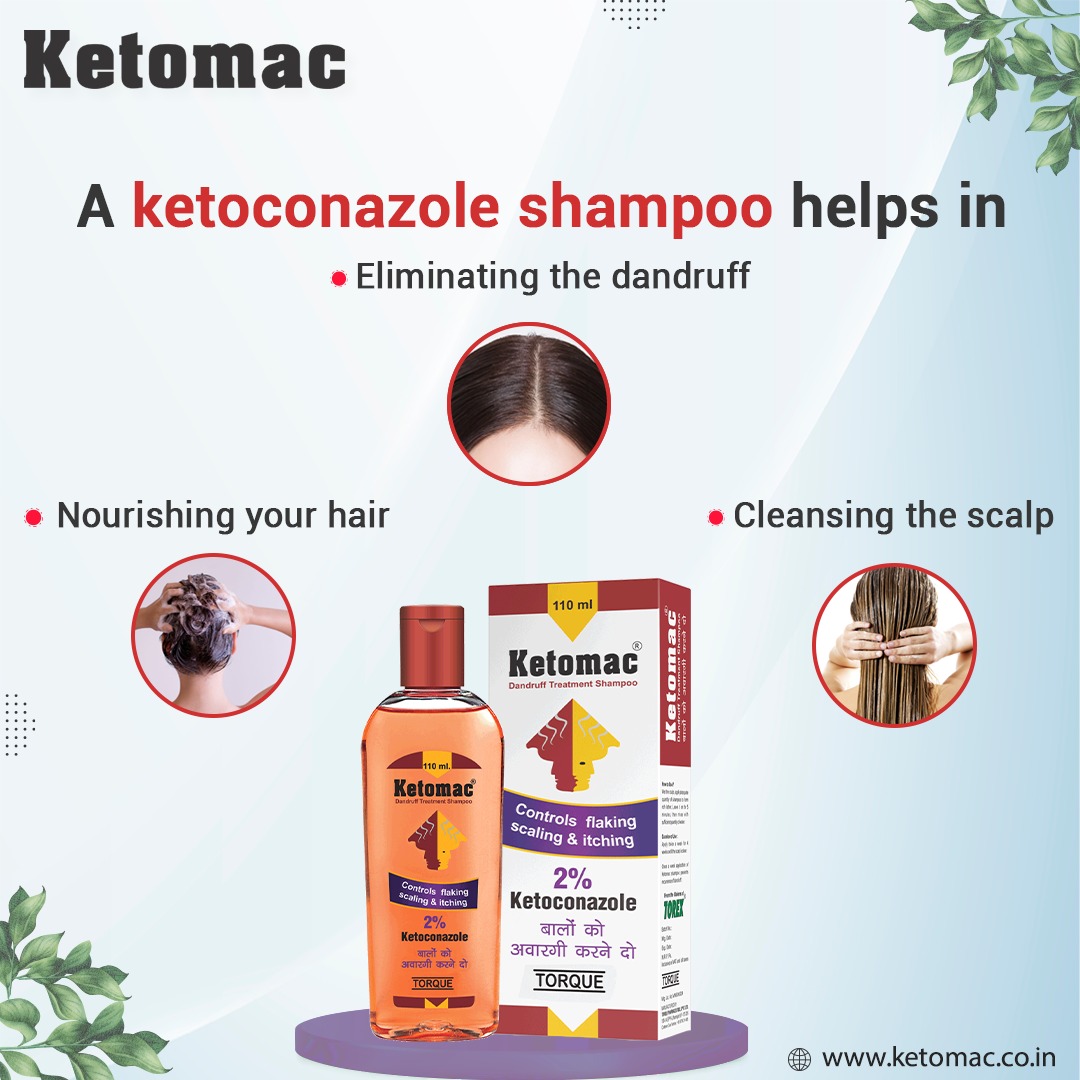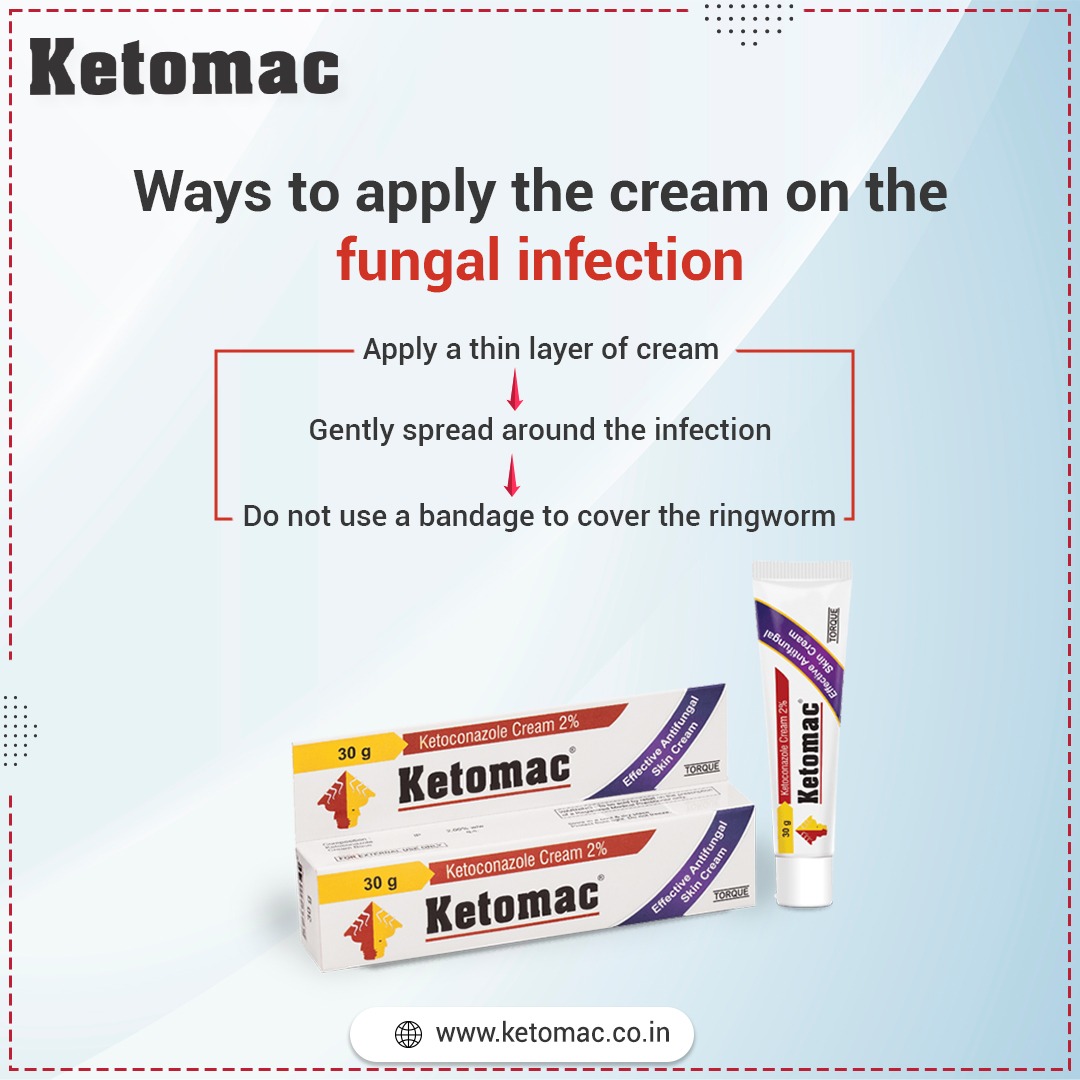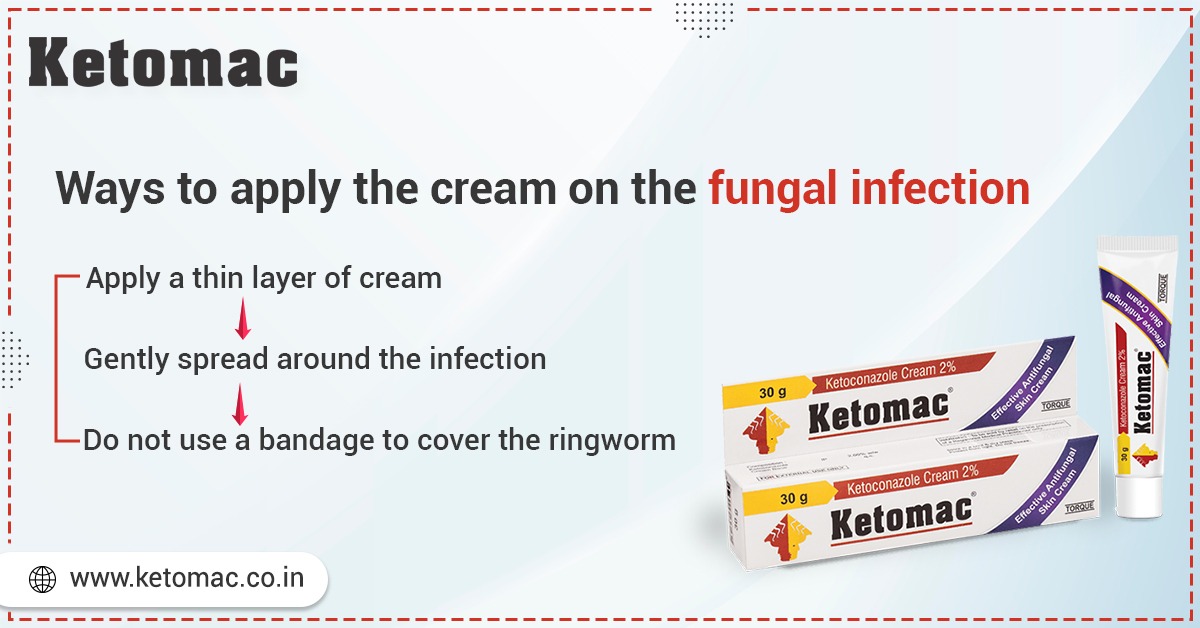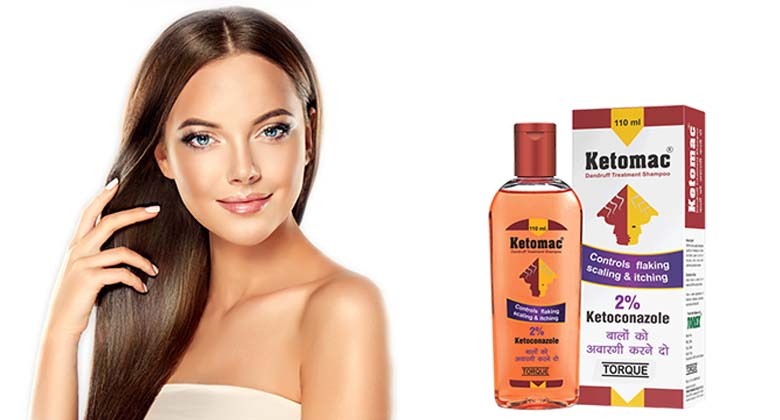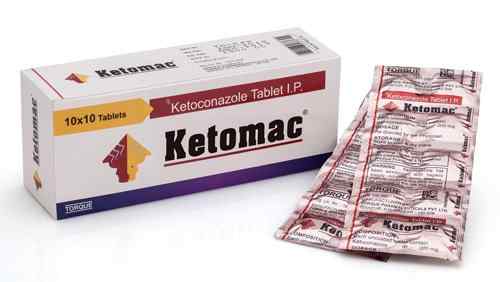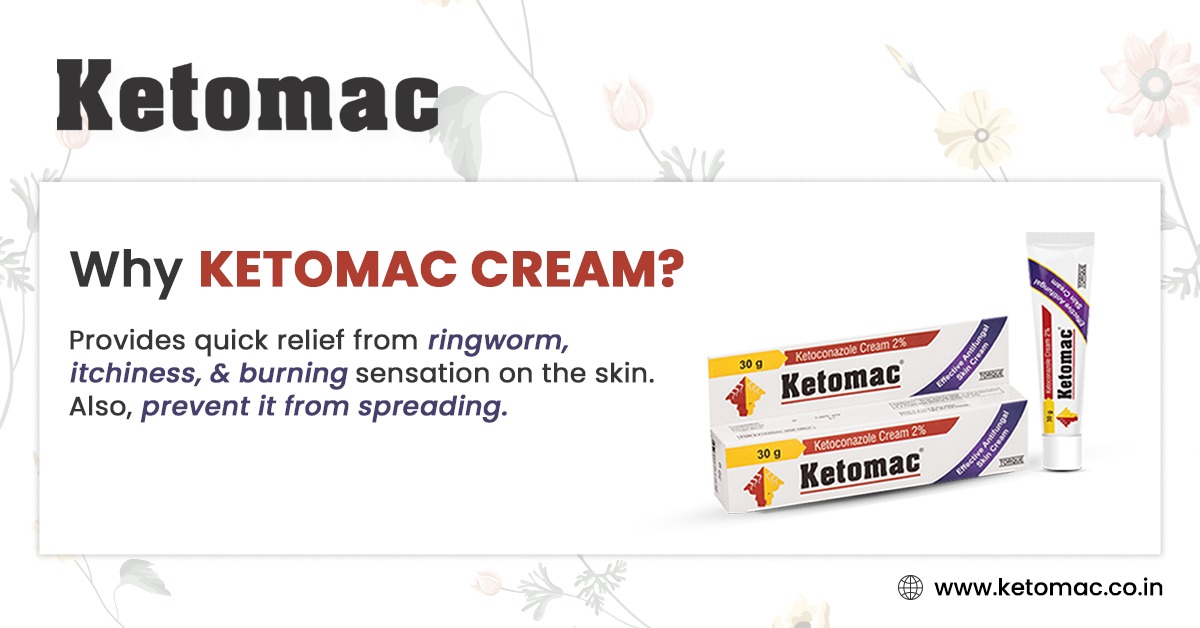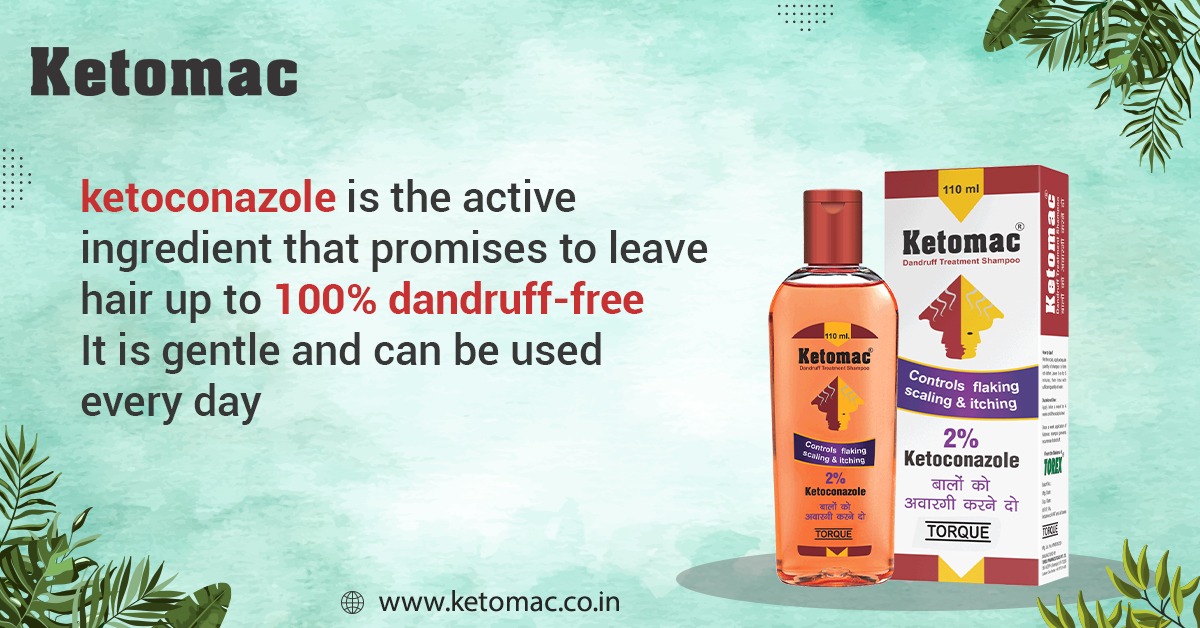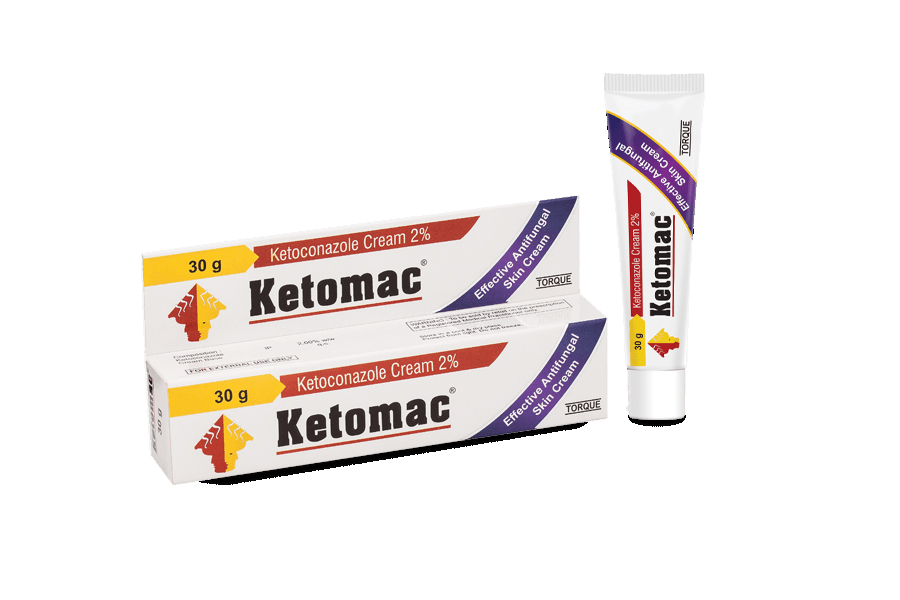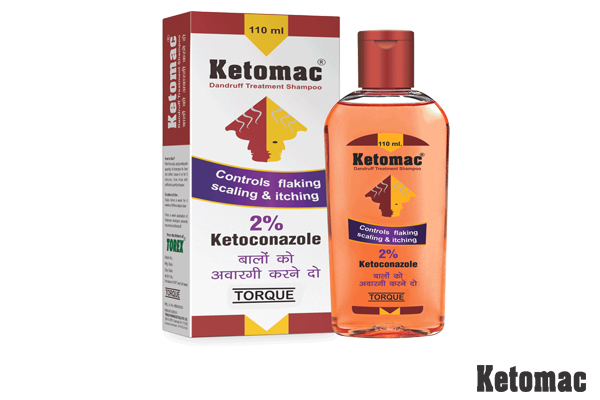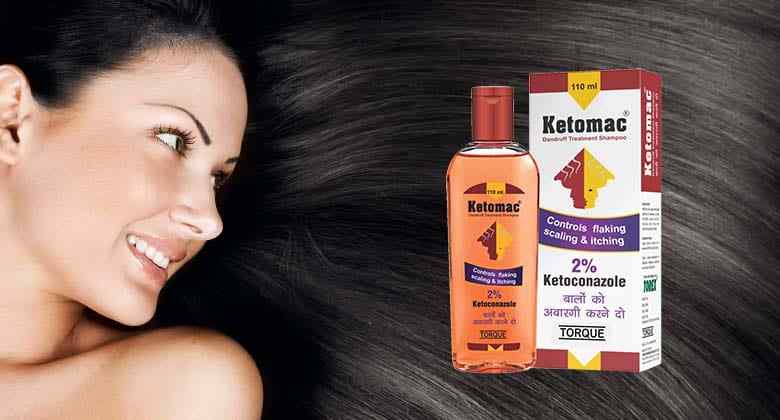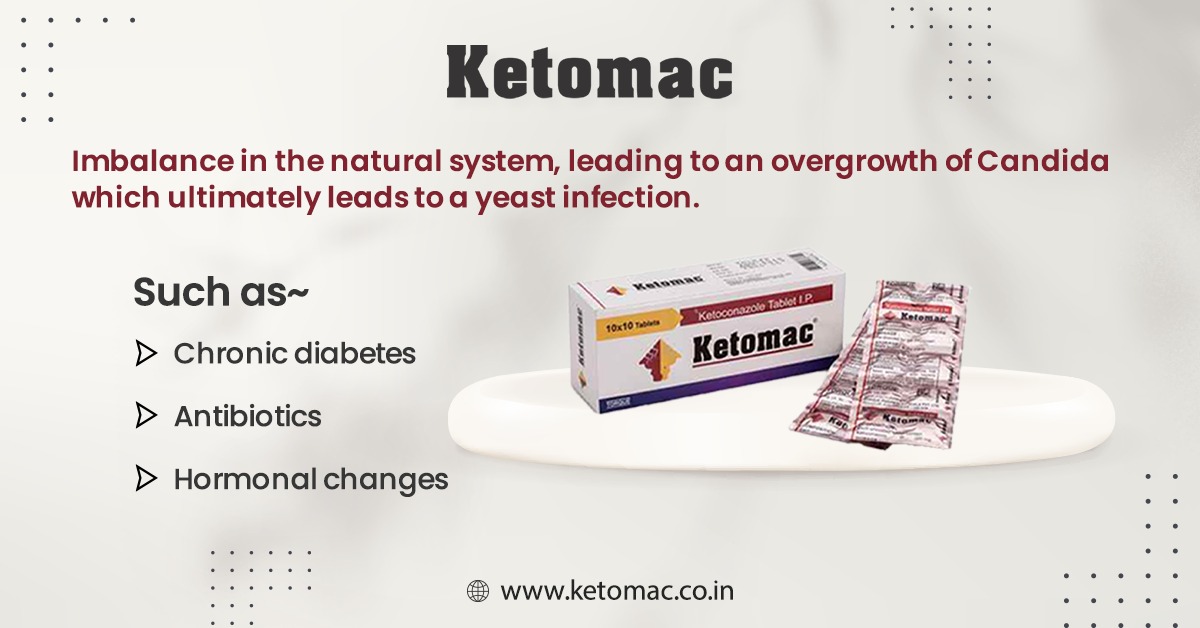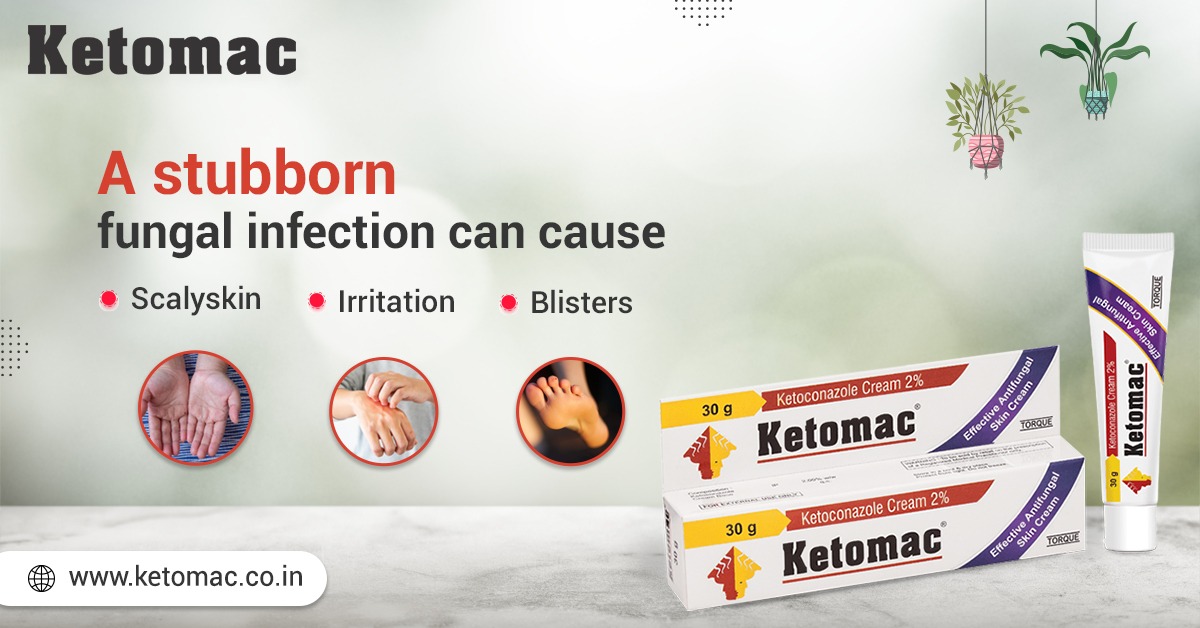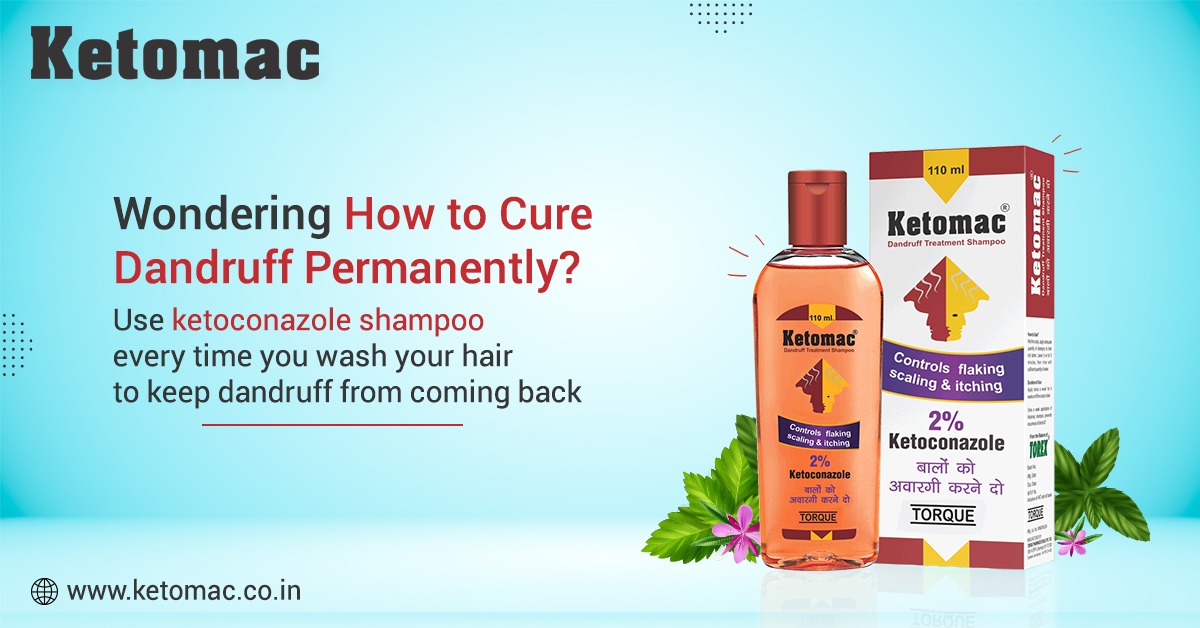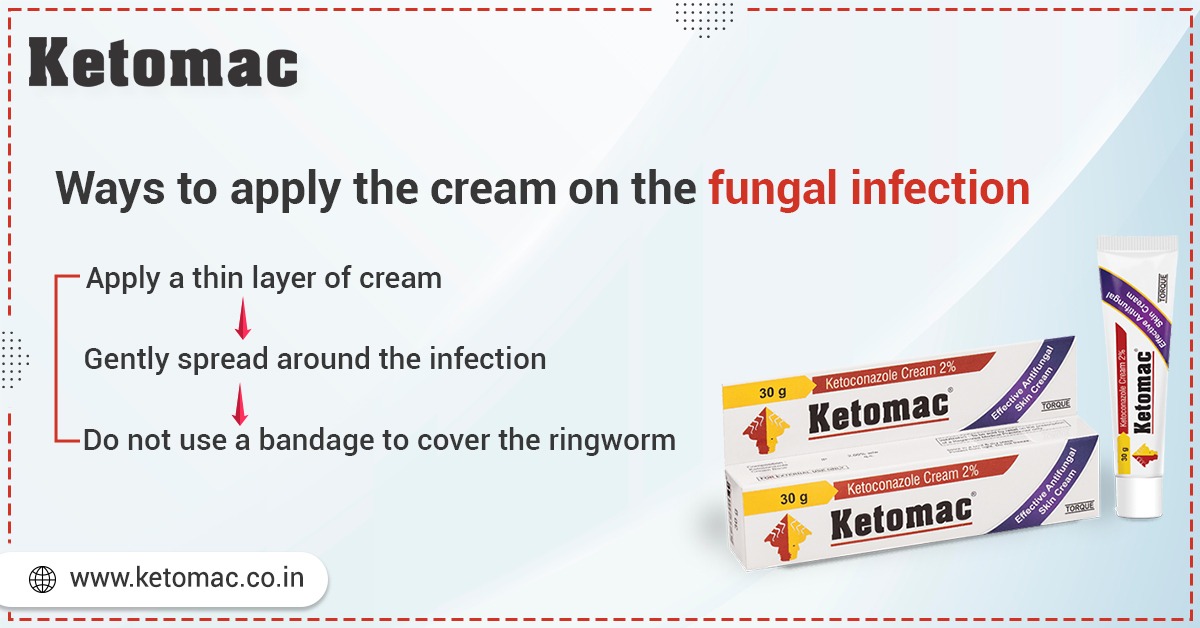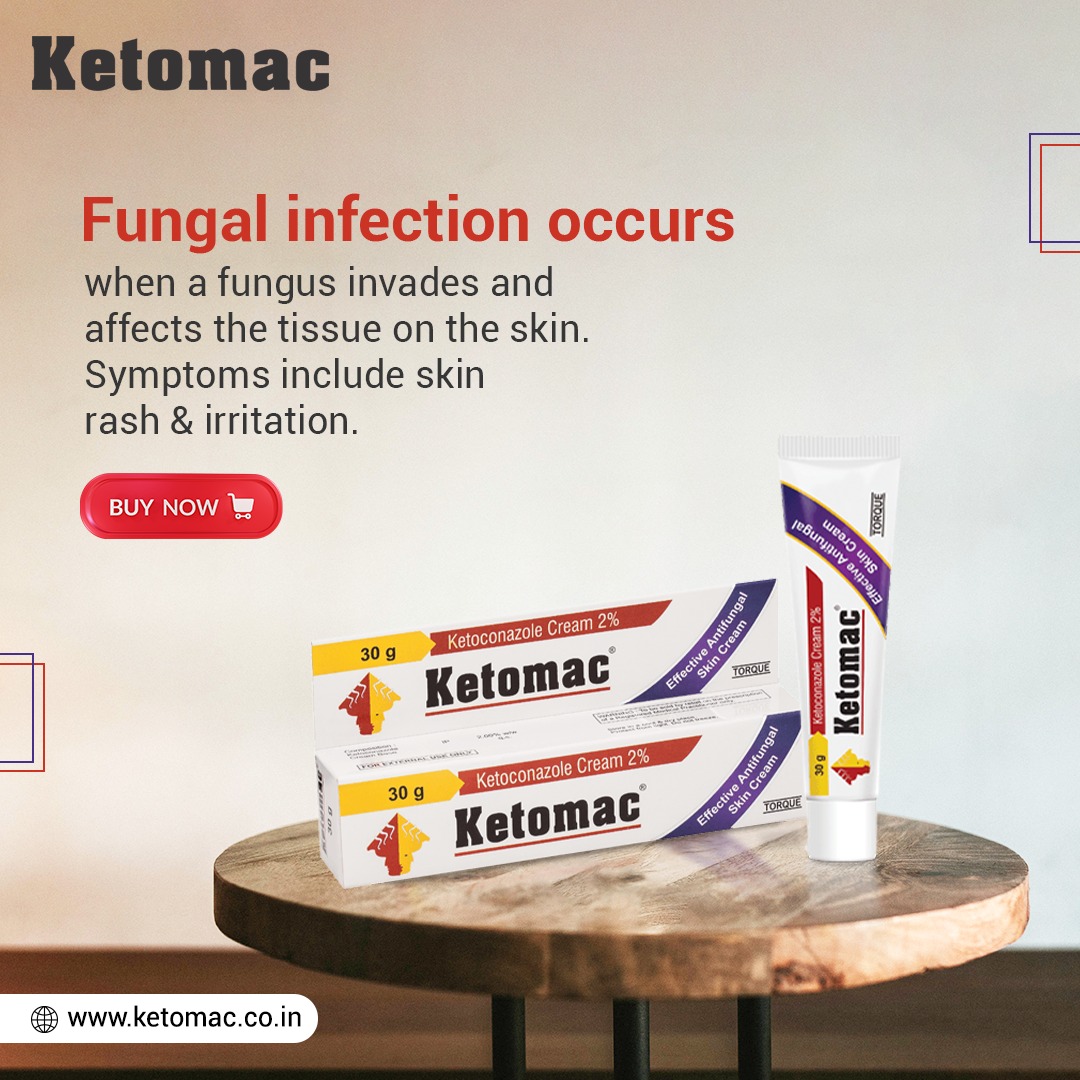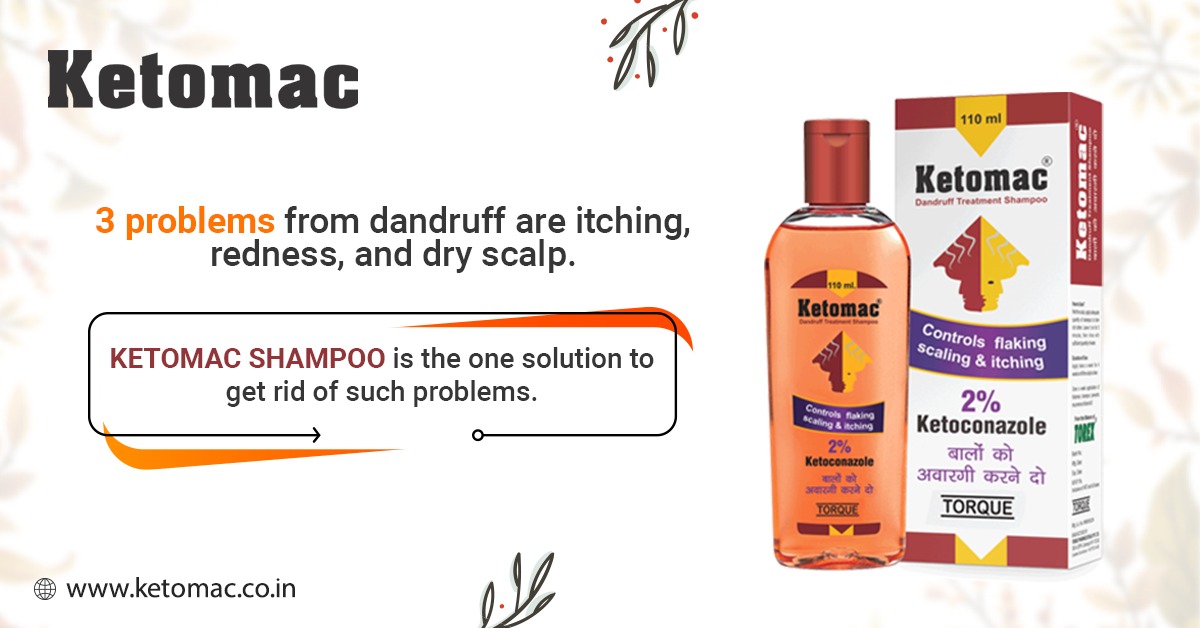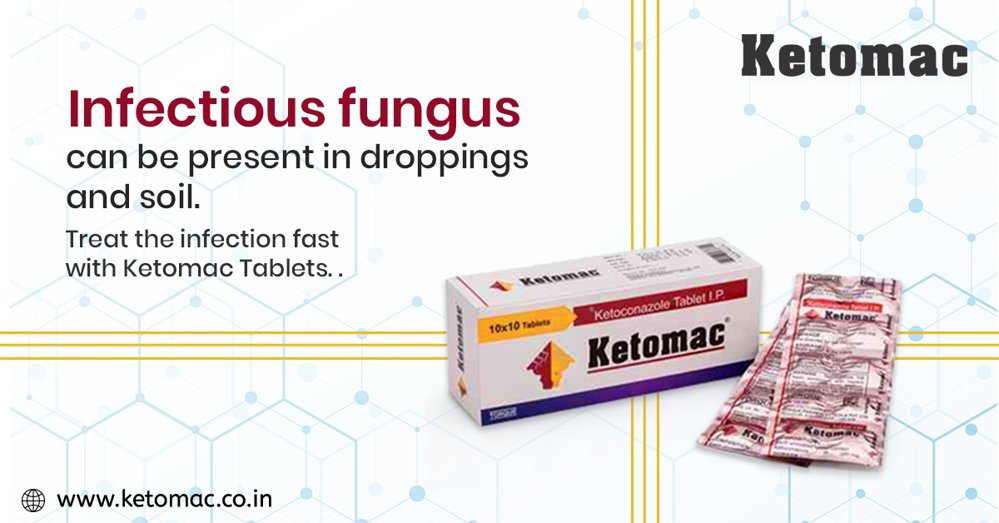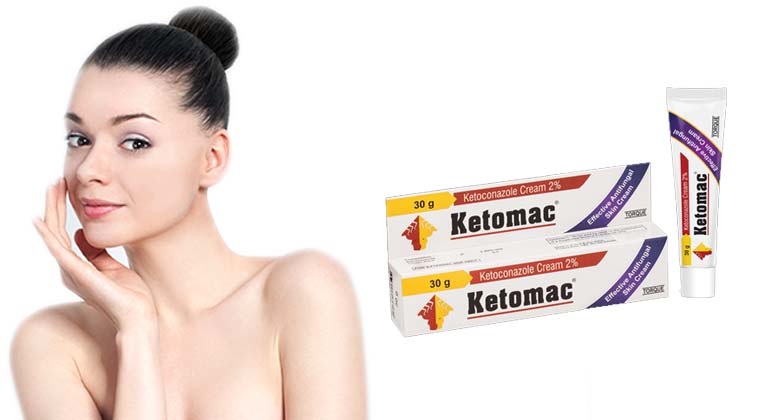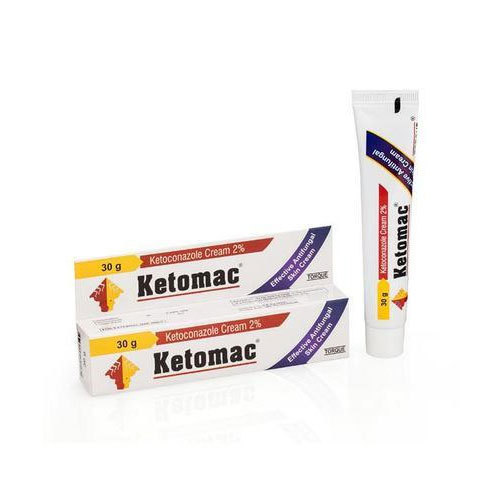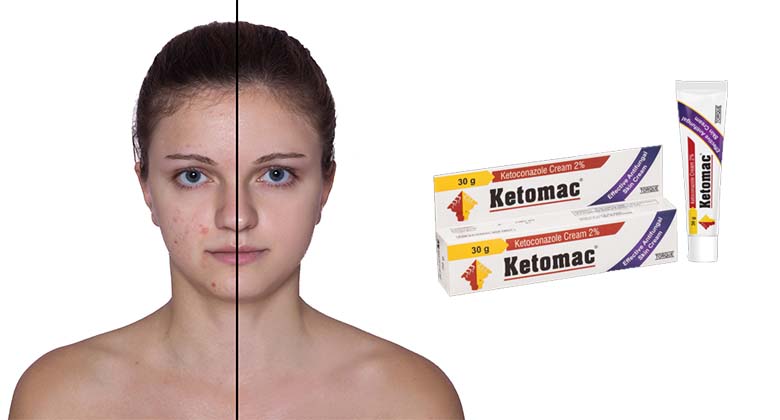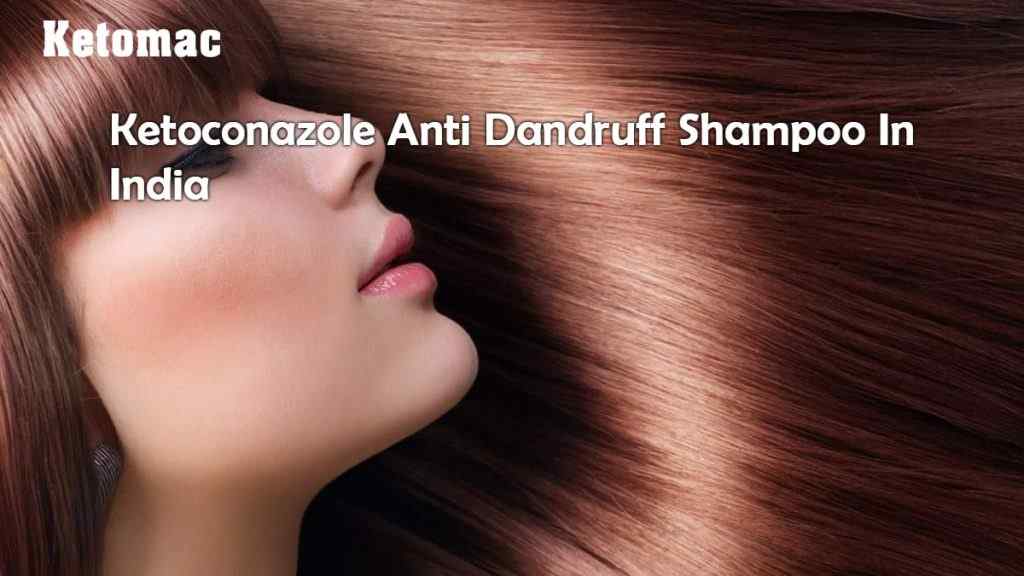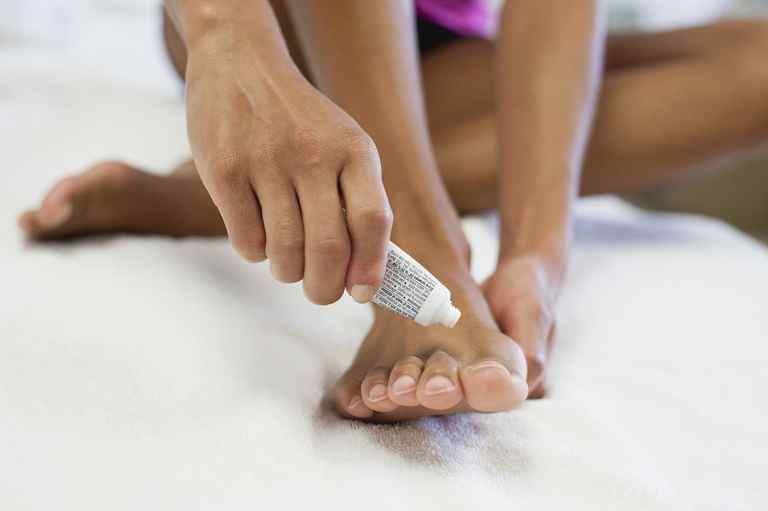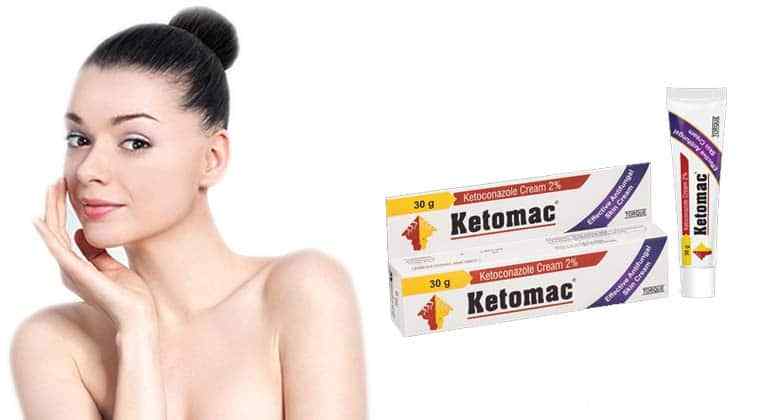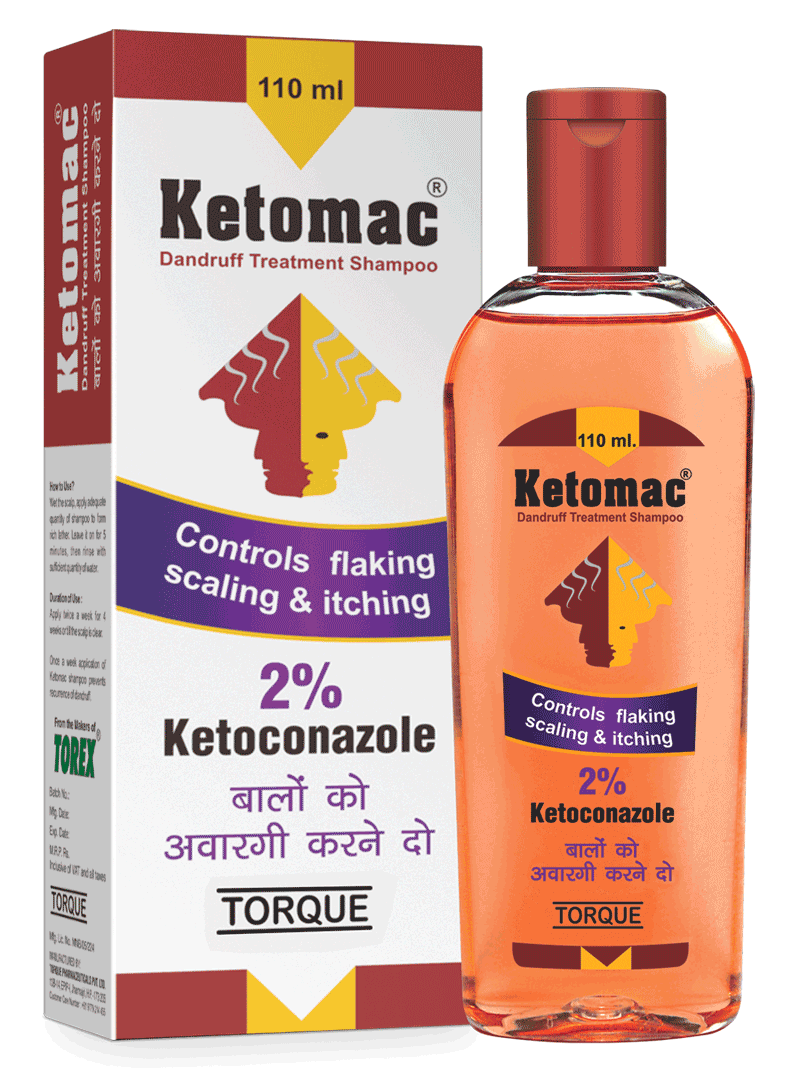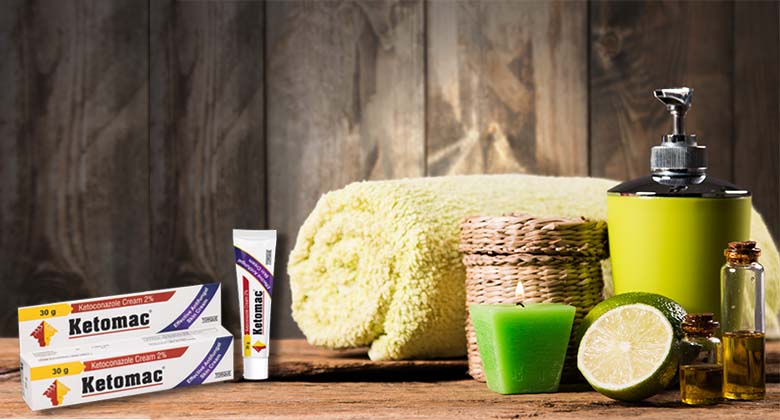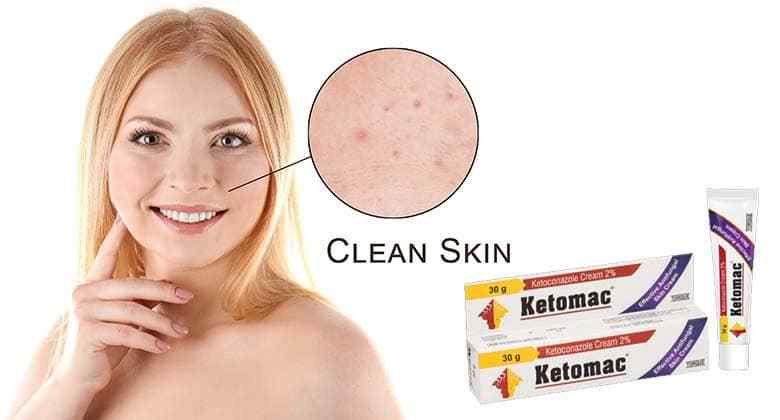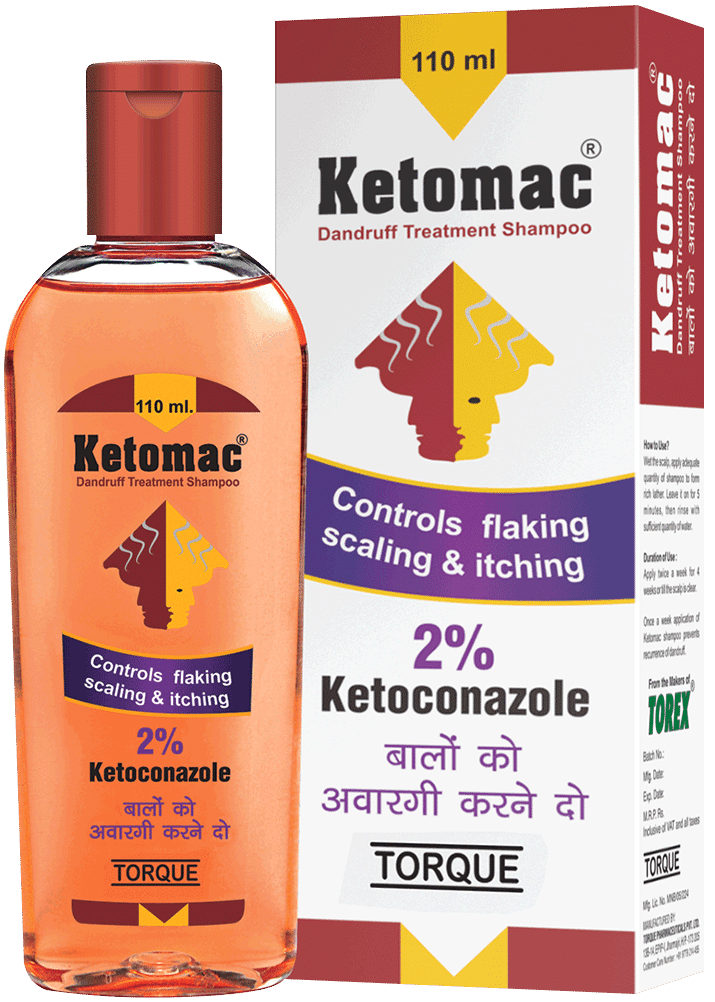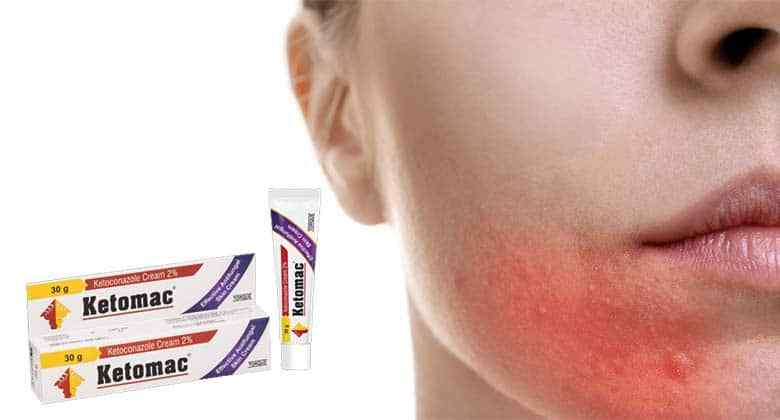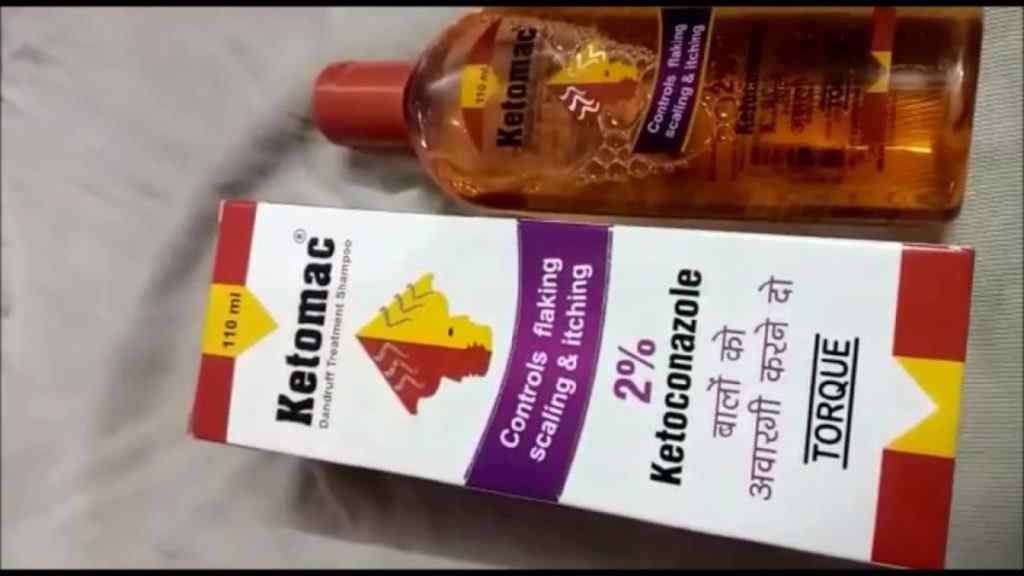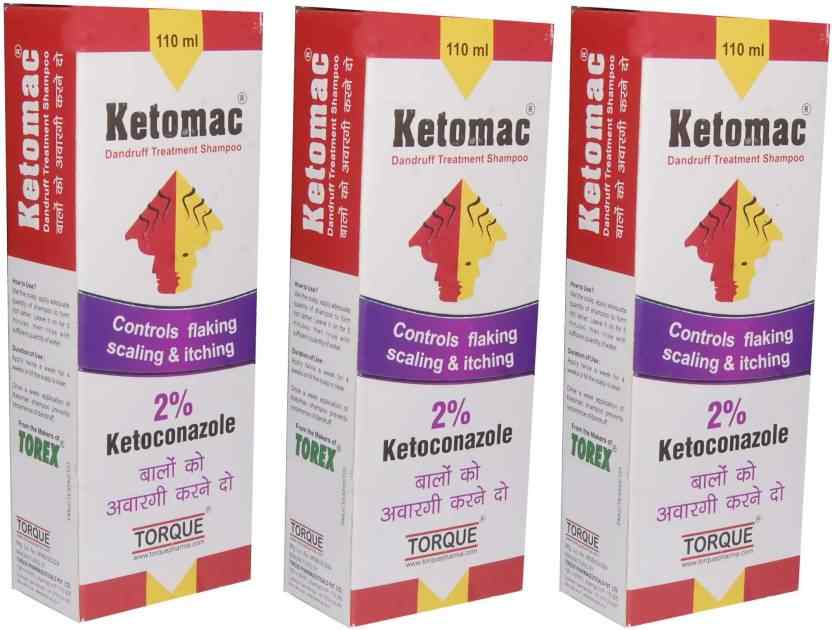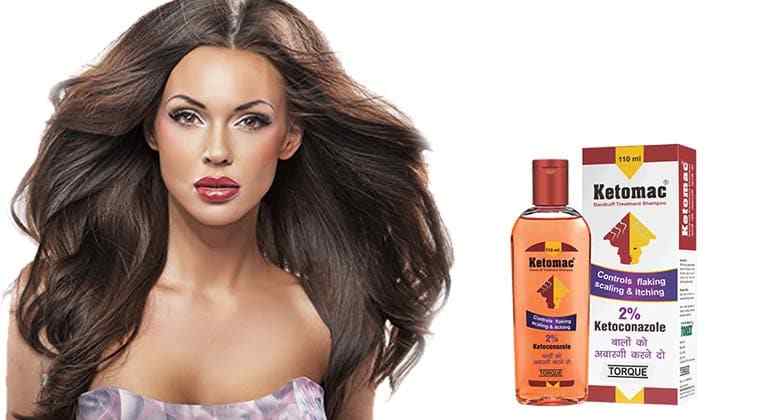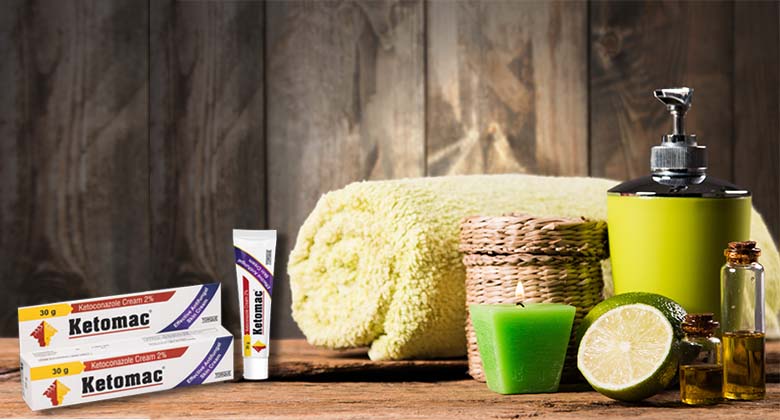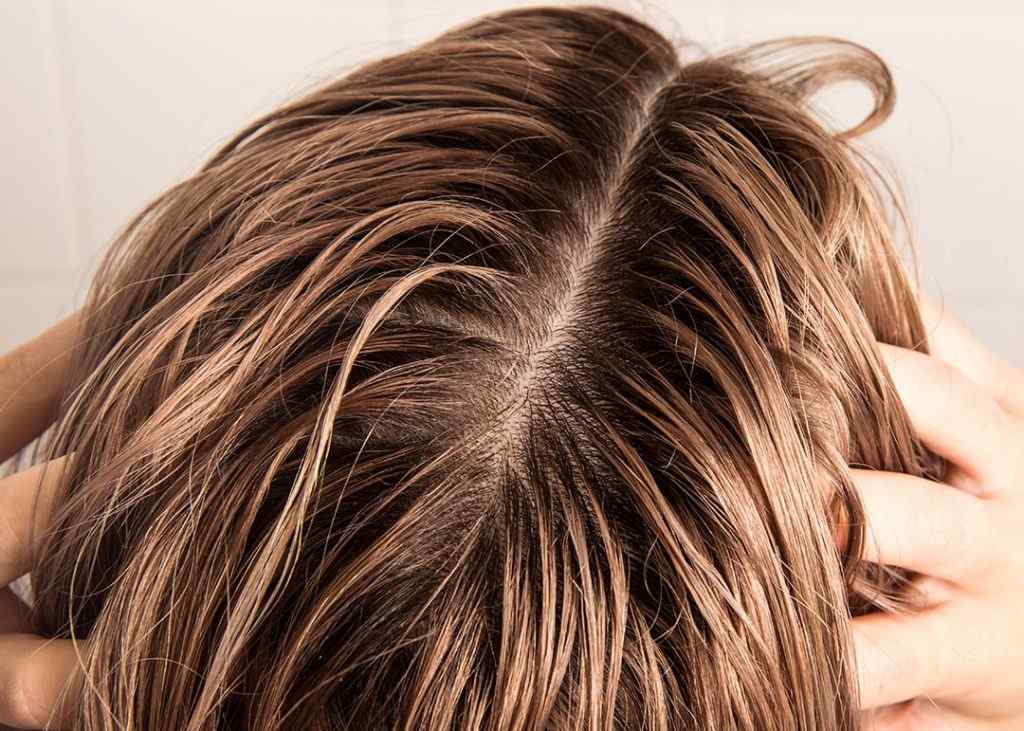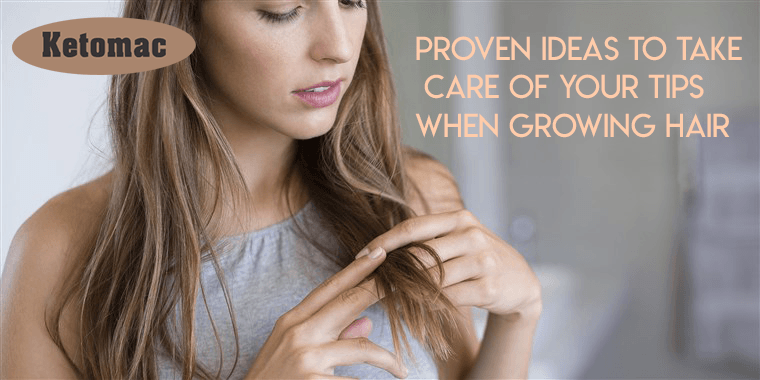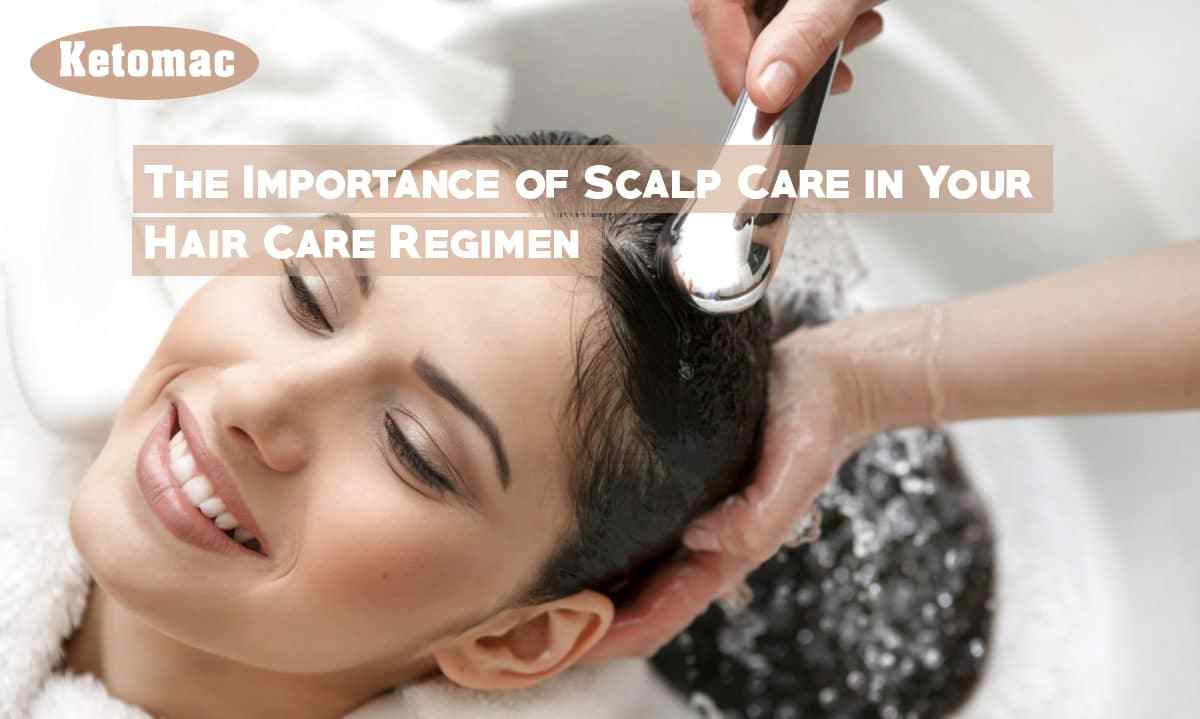Do you know that there are different types of yeast infections? Do you feel that they would come and disappear themselves? You have to be careful about what you are saying and thinking. Come on, you have to do something about your skin, or it might get harmed extensively. If you think that yeast infection goes away without medication, then the answer is no.
There can be some natural ointments, creams, or stuff that can give you relaxation and healing. You know, talking about vaginal infections, these are itchy and uncomfortable, and no one likes to talk about them. But vaginal yeast infections are prevalent in women, and it’s estimated that 75% of women will have at least one yeast infection. Maybe yeast infections can happen to anyone, and various things make getting them more probable. Most infections can get cleared up quickly and easily.
Candida
Candida is the scientific name that has been given to yeast. It is a fungus that lives nearly everywhere, including in your body. Generally, your immune system keeps yeast under control. If you are sick or taking antibiotics, it might multiply and trigger an infection. Yeast infections impact the different parts of the body in various ways:
- Thrush is a yeast infection that triggers white patches in your mouth.
- Candida esophagitis is a thrush that scatters your oesophagus, the tube that carries food from mouth to stomach. It can make it challenging or painful to swallow.
- Females can get vaginal yeast infections, triggering vaginitis.
- Yeast infections of the skin trigger itching and rashes
- Yeast infections in the bloodstream can be life-threatening.
Well, talking about the vagina, the vagina possesses a healthy balance of bacteria and yeast. The hormone estrogen helps bacteria known as lactobacilli to grow, and these bacteria kill damaging organisms in the vagina and keep you healthy. But when something happens to tip that balance, a fungus known as candida can grow out of control and trigger a yeast infection. But don’t worry because you can use Ketomac products to kick away your yeast infection. If you are still thinking about curing yeast infection without medication, then yes, it can with the help of some care products.
Do you think you have a yeast infection? What are the signs?
Itchiness and discomfort are the two chief symptoms of a yeast infection, but others are also. You might even experience any or all of the following:
- A dense, white, odourless discharge, similar to cottage cheese
- Burning, redness, and even swelling of the vagina and the vulva (outer part of the women’s genitals)
- Extreme pain, discomfort, or burning when you pee
- Absolute pain during sex
If you think you have a yeast infection, see your doctor before you start treating yourself. The signs of yeast infections are somewhat similar to other, more severe conditions, encompassing sexually transmitted infections and bacterial vaginosis (bacterial overgrowth in your vagina). An accurate diagnosis is essential so you can get the most acceptable treatment. You can check out topical Ketoconazole because it is extensively used to treat Ringworm, Athlete’s foot, Jock itch, Dandruff, and even TineaVersicolor. No matter what type of yeast infection you are suffering from, it might help you get relief.
What are the causes of a yeast infection?
There are many causes of Vaginal Yeast infections, and a few are like:
- Hormones: Changes during pregnancy, breastfeeding, or even menopause (or if you are taking birth control pills) can change the balance in your vagina.
- Antibiotics: These drugs might kill off many of the good bacteria that live in the vagina.
- Diabetes: If your diabetes is not well-controlled, the enhancement in sugar in the mucus membranes (moist linings) of the vagina can form a place for yeast to grow.
- Douches and different types of vaginal sprays: The use of these products might change the balance in your vagina.
- Finally, the issue of Sex: Though a yeast infection is not believed to be a sexually transmitted infection, it might be passed from person to person via sexual contact.
Common treatments for Vaginal Yeast Infections
The simplest ways to treat yeast infections are over-the-counter antifungal creams, ointments, or even suppositories (miconazole or clotrimazole). These can take from 1 day to a week. Your doctor may also prescribe a single-dose pill with fluconazole (an antifungal medicine) for you to consume. In case you are, it is safe to use creams or suppositories, but evade the fluconazole you take by mouth.
You must know that some yeast infection medications weaken condoms or diaphragms. These things make it easier for you to get pregnant or contract a sexually transmitted disease. Make sure that you read the instructions or warnings before you use anything. Of course, if you are using Ketomac products, then you might be in safe hands. Remember, the answer to the question: can a yeast infection heal without medication is yes’s? You know what? If you have a general yeast infection, you can get relief in a few days without using anything. But those are rare instances. These days yeast infections are so stubborn that you have to be particular and careful about them.
You should look for a suitable antifungal cream for skin yeast infection and make sure that you are not a victim of this infection. No matter in which area of your skin this infection has attacked, you can get rid of them in no time once you are taking good care.
Conclusion
Thus, once you have all these things in mind, you can ensure that your skin is safe, healthy, and healthy. Make sure that you are using the right Ketomac products at the right time for your yeast issues.



